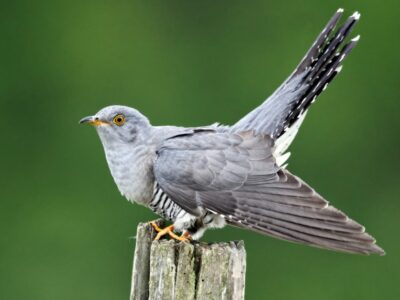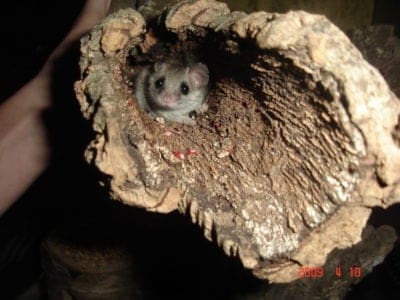Below you can find an extensive list of Somali animals. We currently track 240 animals in Somalia and are adding more every day!
Somalia straddles both the temperate and tropical zones of the Horn of Africa and has nearly 2,000 miles of coastline fronting the Indian Ocean and the Gulf of Aden. This highly varied climate and topography have made the country home to an abundant and diverse population of wildlife that includes lions, reticulated giraffes, cheetahs, baboons, elephants, and gazelles. Somalia’s most famous reptile is probably the Nile crocodile but other reptiles unique to Somalia include the Somali sand boa (also known as the Kenyan or Egyptian sand boa) and the saw-scaled viper.
All told, Somalia boasts 177 species of mammals, 235 reptile species, and 727 bird species. Seven mammals, including the Somali elephant shrew and the silver dik-dik are endemic. War and poaching have taken a tremendous toll on Somali wildlife populations. Since the start of the Somali civil war in the 1990s, many animals have fled to safety across the border into Kenya.
The Official National Animal
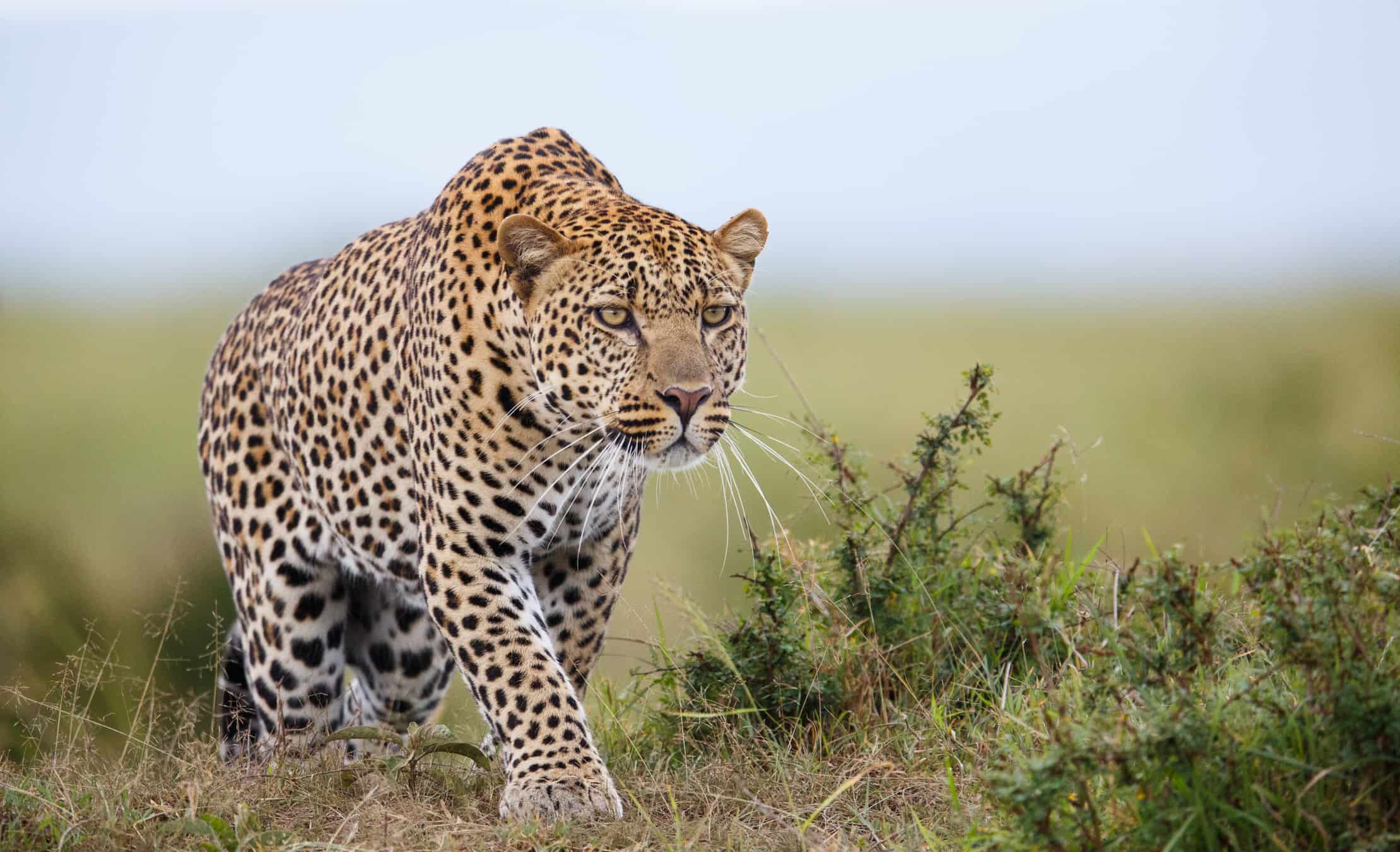
The Leopard is the official national animal of Somalia. Leopards are the smallest of the big cats, and Somalian leopards are the smallest leopard.
©iStock.com/UrmasPhotoCom
Somalia’s official national animal is the leopard ( Panthera pardus), a big cat species with a distinctive spotted coat. Leopards are not unique to Somalia; they’re found throughout many parts of the world from sub-Saharan Africa to India and China. Though they’re large animals that can weigh up to 200 pounds, leopards are actually the smallest of the big cats.
Somalian leopards are markedly smaller than leopards found in other locales. It’s not known how many leopards still survive in Somalia; they are poached for their bones and their internal organs as well as for their beautiful fur.
Where To Find The Top Wild Animals
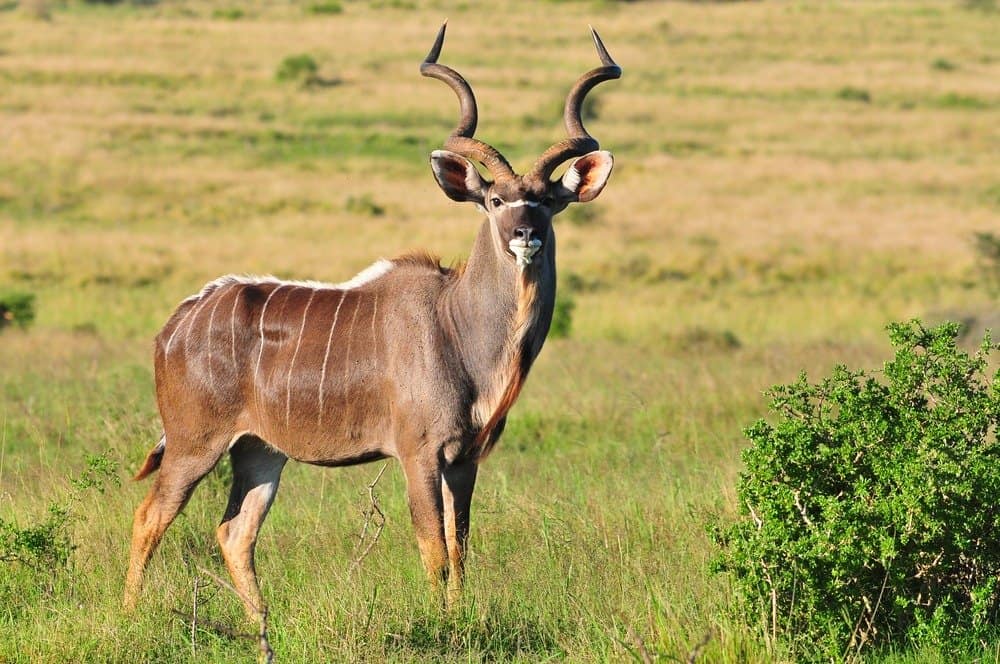
The kudu is one of the native animals being protected at the Daallo Mountain National Park in Somalia.
©Michael Potter11/Shutterstock.com
Somali wildlife was once distributed throughout every region of the country but poaching and wholesale destruction of animal habitats in the north has decimated the populations of giraffes, zebras, oryx, hippopotamuses, rhinoceroses, and elephants that used to live there. A few national parks were established in the 1980s but since the collapse of a unified national government in 1991, these preserves have been neglected. They still exist, however, and animals that have become extinct in other parts of Somalia may still be sighted there.
- Daallo Mountain: Daallo Mountain National Park lies in the mountainous region overlooking the Gulf of Aden. Since the beginning of the 21st century, the area has been affected by a serious drought. Among the animals to be found in this park are kudu, warthogs, antelopes, and Somali sheep. You’ll also find lions and leopards in this park although these big cat populations are threatened by poachers.
- Lag Badana National Park: Lag Badana National Park lies along Somalia’s Indian Ocean coastline. Animals such as monkeys, foxes, and hyenas, and birds such as the dik-dik speke and the endemic obbia lark can be found in this park.
- Kismayo National Park: Unfortunately, Kismayo National Park, on Somalia’s southern coast, lies close to the center of some of the worst fighting in Somalia, which makes wildlife management problematic. The Somali Blackhead, a sheep with a unique appearance that’s native to Somalia, roams wild throughout the park. Lions, zebras, and wild boars can also be found there.
- There are no zoos in Somalia, but the Somali wild asses are being protected at zoos in San Diego, Basel, Denver, St. Louis, Boston, and Madison, WI, among others.
Most Dangerous
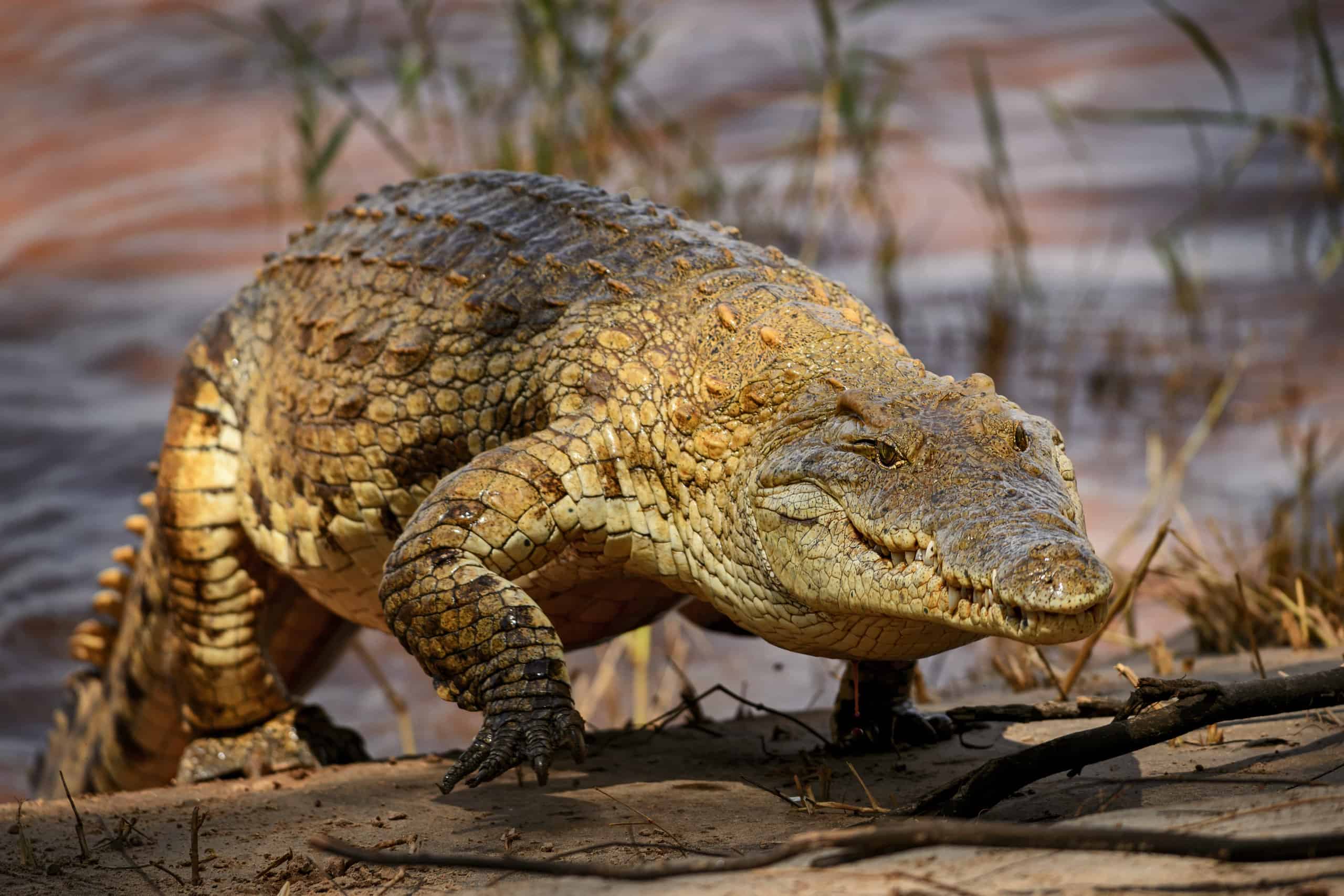
The vice-like jaws of the Nile crocodile are very dangerous when the crocodile is on the attack.
©David Havel/Shutterstock.com
The list of dangerous animals living in Somalia is long. Though lions don’t typically attack human beings, they do go after humans upon occasion, particularly as a means of protecting and defending their territory. Nile crocodiles have vice-like jaws, which they use to attack fisherman or humans collecting food by the shores of the river.
Male elephants can be very aggressive, and since they can weigh more than 1,500 pounds, an elephant kick can be fatal. Hippopotamuses are also very aggressive, though they spend up to 16 hours a day resting peacefully underwater.
Hyenas have jaws as powerful as those of great white sharks. They can crush an elephant’s leg or eat humans, if threatened. Hyenas are aggressive, pack predators that can weigh up to 190 lbs., so they are seriously dangerous unless one is found alone, then it will back off.
The most dangerous animals living in Somalia today, though, are undoubtedly human beings. Whether they’re militia members battling for ascendency in the southern regions of Kismayo and the Juba Valley, or poachers stalking elephants and endangered hippos for ivory, human beings present the greatest threat to the wellbeing of Somali animals as well as to other human beings.
Largest
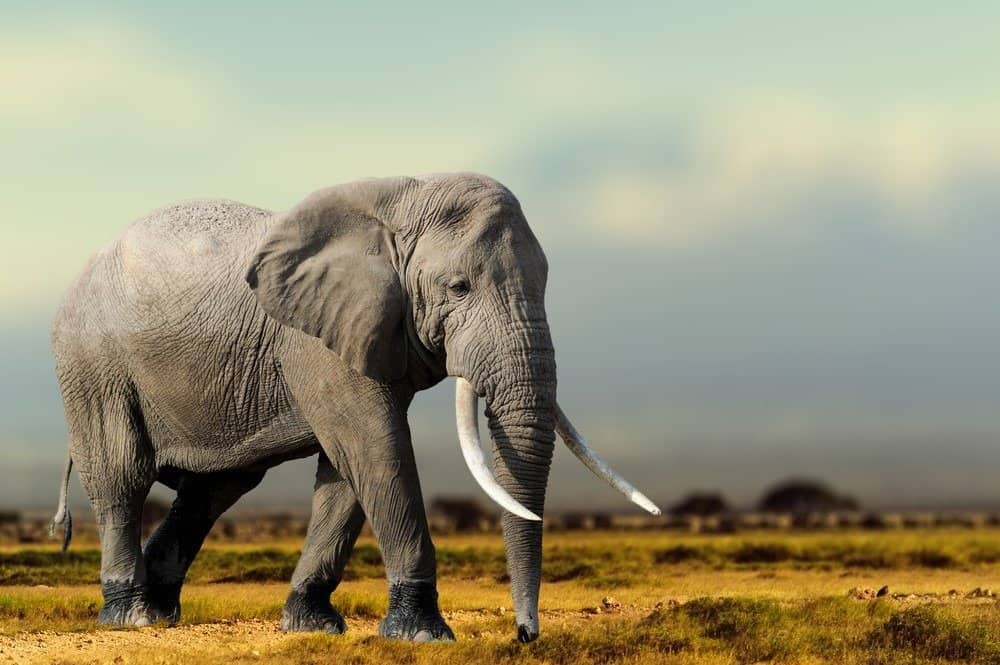
The African elephant, the largest land mammal, is now scarce in Somalia because of war, but elephants can still be found in places.
©Volodymyr Burdiak/Shutterstock.com
Lions, crocodiles, hippos, antelopes, leopards, and hyenas are all big animals, but nothing can compare to the elephant. The African Elephant is the largest land animal in the world, with adults reaching up to 24 feet in length and 13 feet in height and weighing up to 11 tons.
African elephants are a keystone species, meaning they play a critical role in their ecosystem. Their unique feature is the trunk, which has 150,000 muscle units, is a very sensitive organ, and can hold up to eight liters of water.
Endangered
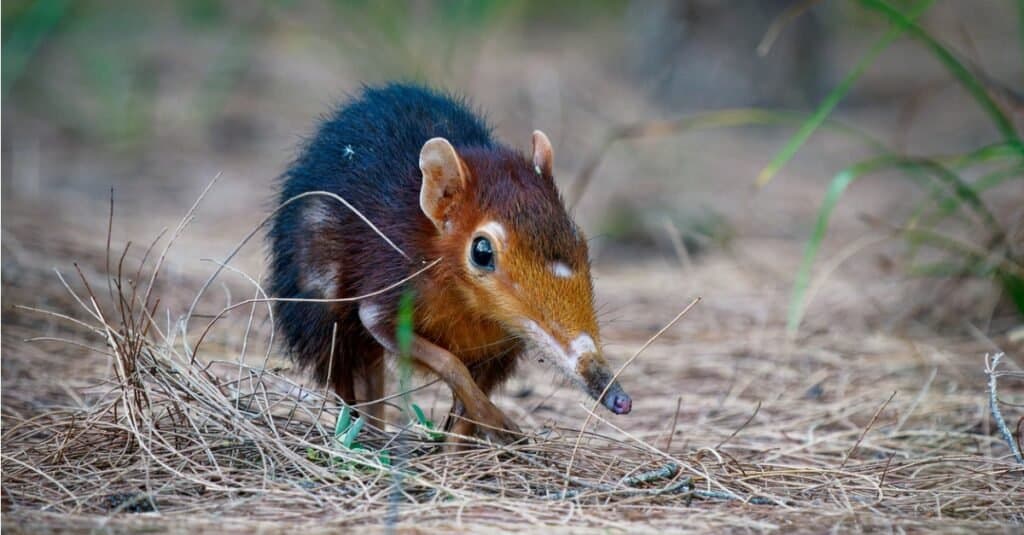
Black and rufous elephant shrew, found only in Africa, is on the endangered species list.
©iStock.com/phototrip
Many Somalian mammals are at risk for becoming extinct. The list of Somalia’s endangered animals can be divided into three categories. Critically endangered species (CR) are at high risk of becoming extinct while endangered animals (EN) may face extinction in the near future. Vulnerable animals (VU) are animals whose populations have seen a reduction of at least 20 percent within the last 10 years. Examples of these categories are:
- African wild ass (CR) – All modern domesticated donkeys have the scientific name Equus africanus asinus and have descended from African wild asses located primarily in Northern Africa.
- Hunter’s hartebeest (CR) – A large antelope species native to the African continent. It lives in open grasslands, sparsely wooded areas, and savannas.
- Somali elephant shrew (EN) – Elephant shrews are small, furry mammals that resemble giant mice or gerbils. Not actually shrews nor rodents, they are related to moles and tenrecs.
- African elephant (VU) – see above under “Largest.”
- Lion (VU) – The lion is one of the largest, strongest, and most powerful felines in the world, second only in size to the Siberian Tiger. They are the largest cats on the African continent.
- Cheetah (VU) – Known for their great speed, cheetahs are large and powerful felines that once had a wide range across continents, but now are found only in Africa and Iran.
- Silver dik-dik (VU) – A dik-dik is named after a whistling sound it makes when it is frightened. A dik-dik is a very small antelope that is nocturnal and native to Africa.
Rarest
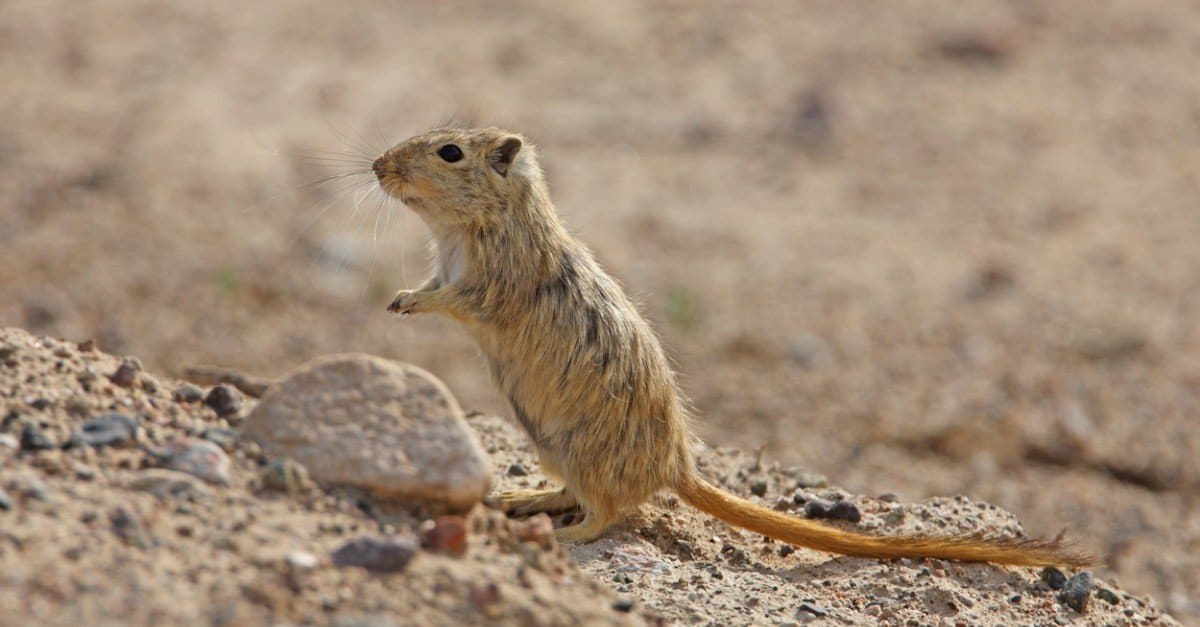
This Great Gerbil is very similar to the elusive and little known Berbera gerbil of Somalia.
©iStock.com/neil bowman
The Berbera gerbil is a little known species. In fact, the International Union for Conservation of Nature lists its conservation status as being “data deficient” because only a few individuals have ever been collected. Its range is not exactly known either, but it lives mostly in Somalia’s grasslands and shrublands. Its size and appearance is much like that of the Greater Egyptian gerbil, specifically, but it generally looks like any common gerbil.
Flag

The flag of Somalia has a light blue field with a five-pointed white star in the center.
©iStock.com/lantapix
The flag of Somalia consists of a light blue background with a five-pointed white star in the center. The flag was designed by Somali scholar, Mohammed Awale Liban, and was adopted on October 12, 1954. The flag’s five-pointed star was once represented the five regions in which the Somali ethnic group formed the majority: Djibouti, Somaliland, the Somali region of Ethiopia, the Northeastern Province of Kenya, and Somalia. However, the flag does not represent these regions anymore but represents the country that is now Somalia
Somali Animals
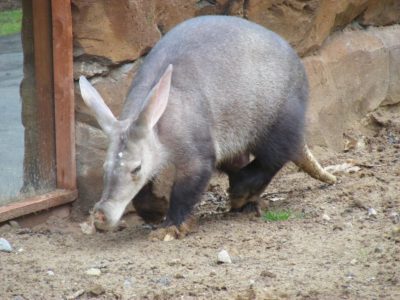
Aardvark
Can move 2ft of soil in just 15 seconds!
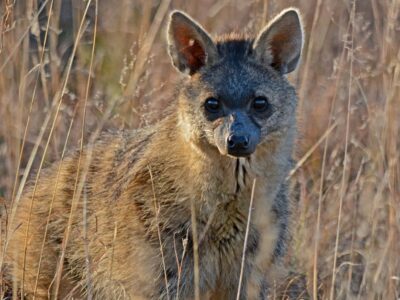
Aardwolf
The aardwolf has five toes on its front paws
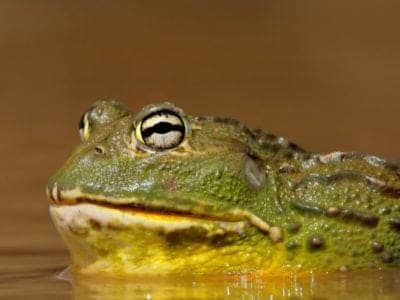
African Bullfrog
The African bullfrog is one of only three species of frog that have “teeth.”
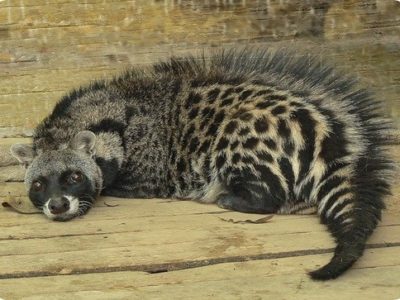
African Civet
Secretes up to 4g of musk every week!
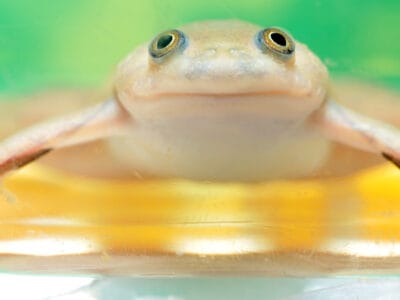
African Clawed Frog
African clawed frogs were used as pregnancy testers from the 1930s to the early 1960s.
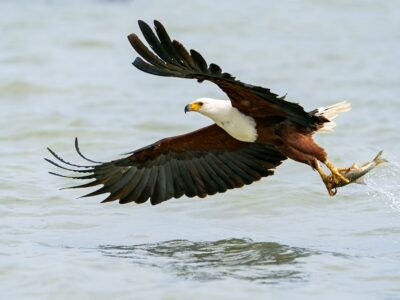
African Fish Eagle
African fish eagles belong to the genus of sea eagles
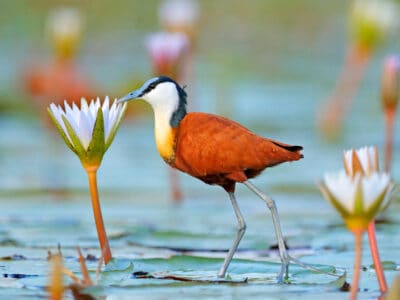
African Jacana
The males raise the young
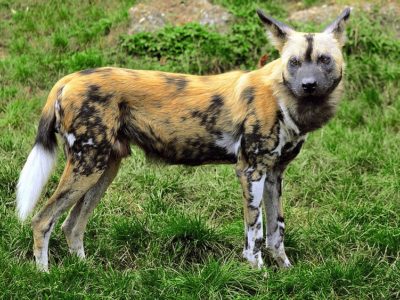
African Wild Dog
Also known as the painted dog!
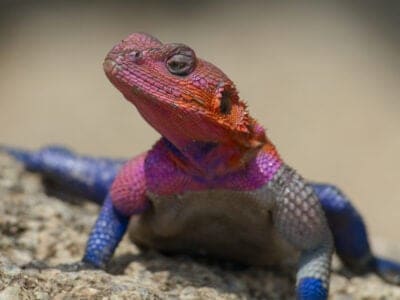
Agama Lizard
The agama forms small social groups that contain both dominant and subordinate males.
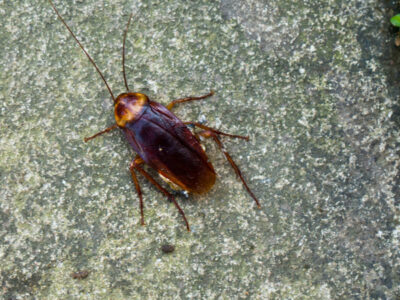
American Cockroach
Despite its name, actually originated from Africa and the Middle East
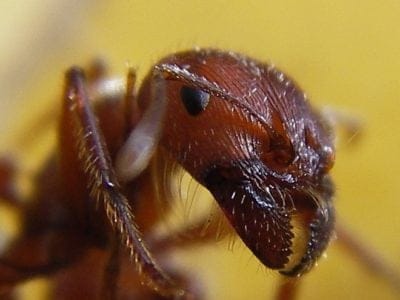
Ant
First evolved 100 million years ago!
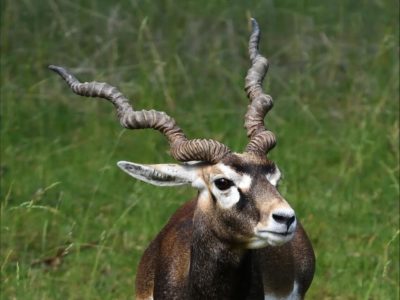
Antelope
Renew their horns every year!
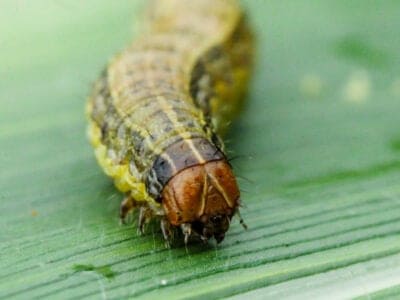
Armyworm
They are so named because they "march" in armies of worms from one crop to another in search of food
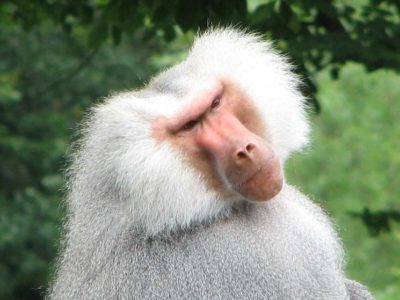
Baboon
Can travel more than four miles a day!
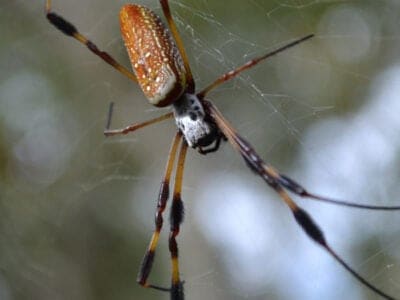
Banana Spider
People spin clothing and fishing nets out of these spiders’ silk.
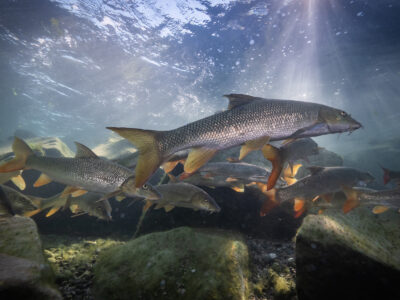
Barb
There are over 1768 known species!
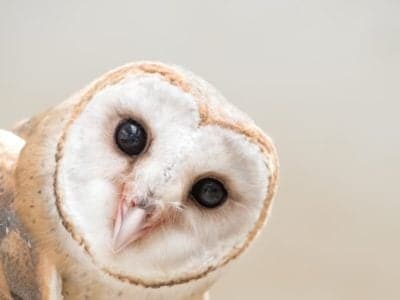
Barn Owl
Found everywhere around the world!
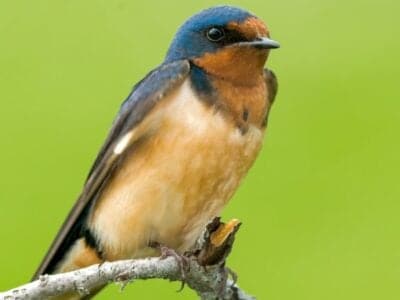
Barn Swallow
Older offspring help care for new hatchlings.
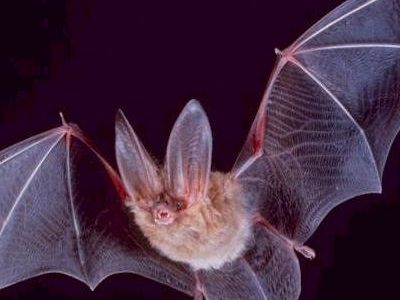
Bat
Detects prey using echolocation!
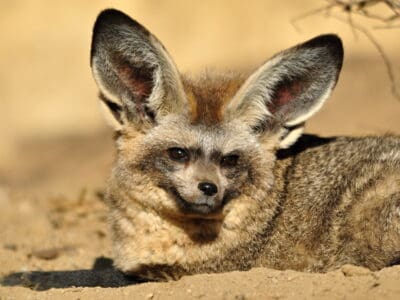
Bat-Eared Fox
Bat-eared foxes can run up to 35 MPH!
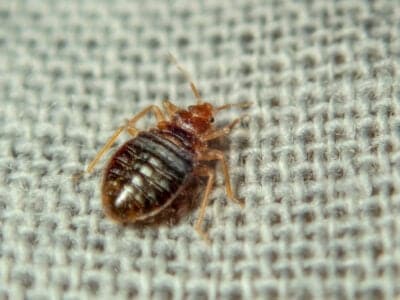
Bed Bugs
Bed bugs feed for 4-12 minutes.
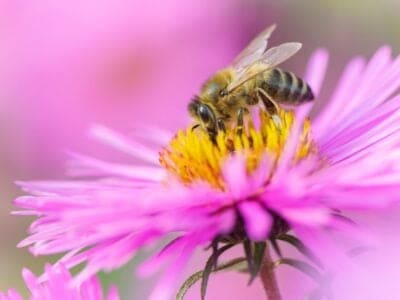
Bee
Rock paintings of bees date back 15,000 years
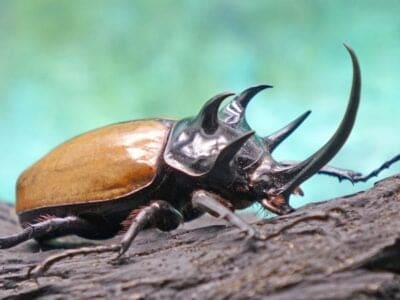
Beetle
There are more than 350,000 different species
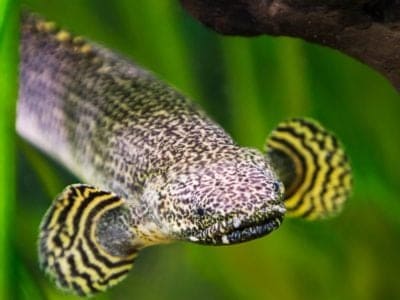
Bichir
The bichir species is more than 400 million years old

Bird
Not all birds are able to fly!
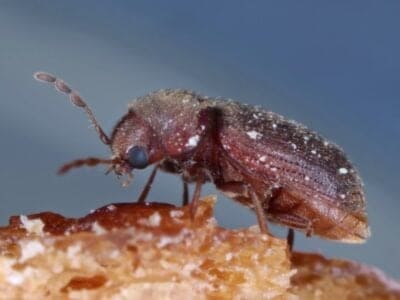
Biscuit Beetle
The biscuit beetle form a symbiotic relationship with yeast
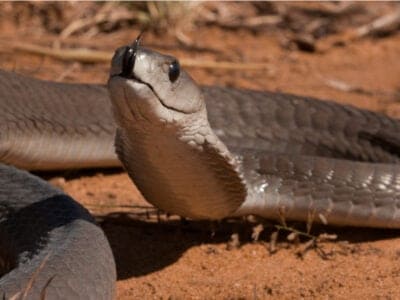
Black Mamba
Black mambas are the longest venomous snake in Africa, and second longest in the world.
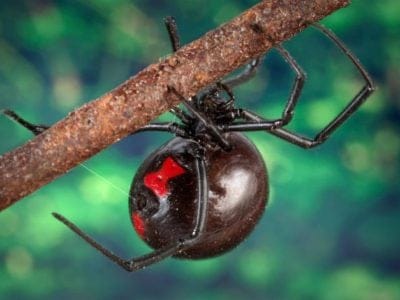
Black Widow Spider
They typically prey on insects!
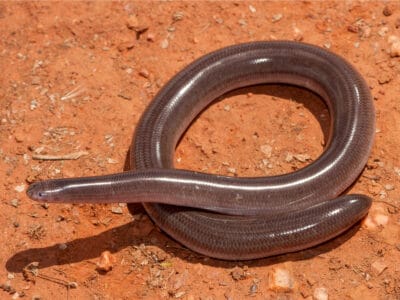
Blind Snake
The blind snake is often mistaken for a worm.
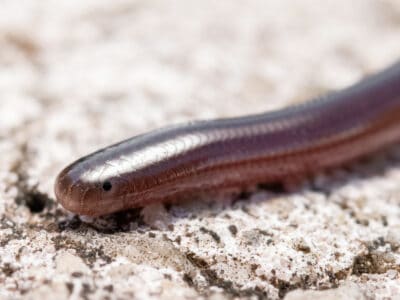
Brahminy Blindsnake
These snakes have been introduced to all continents, except Antarctica!
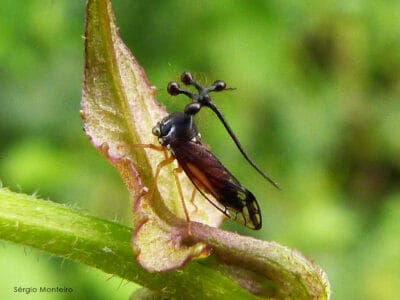
Brazilian Treehopper
“Mild-Mannered Minimonsters”
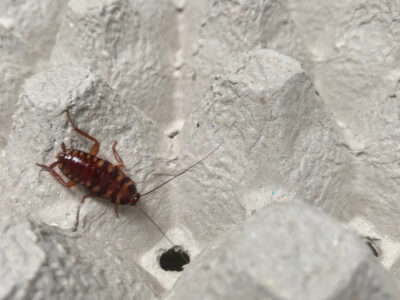
Brown-banded Cockroach
Females glue egg cases to furniture
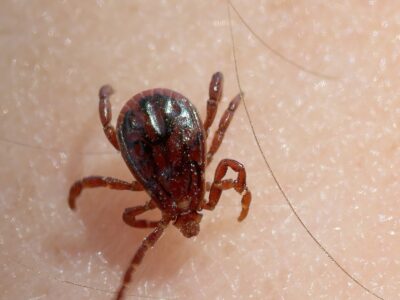
Brown Dog Tick
Can live its entire life indoors
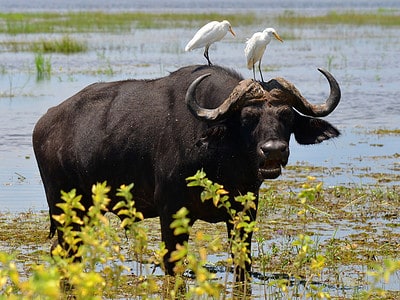
Buffalo
"They look like you owe them money."
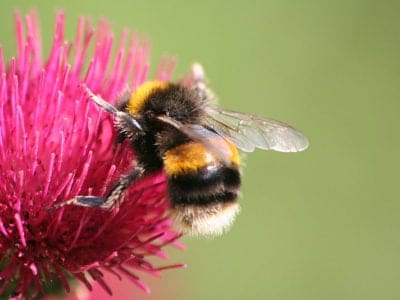
Bumblebee
The most common species of bee!
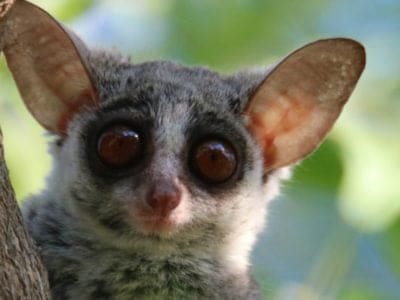
Bush Baby
In a series of leaps, this creature can cover almost 30 feet of distance in just a few seconds.
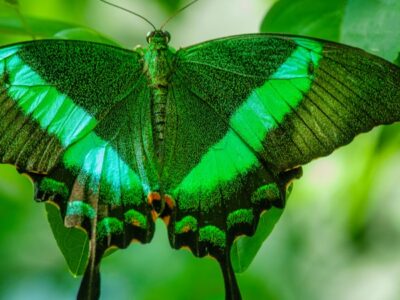
Butterfly
There are thought to be up 17,500 species!
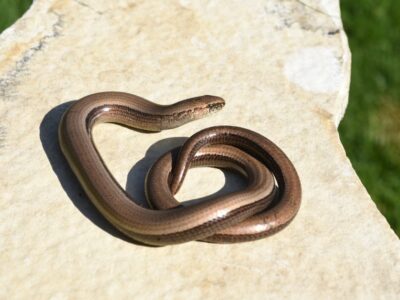
Caecilian
Some species' babies use their hooked or scraper-like teeth to peel off and eat their mother's skin
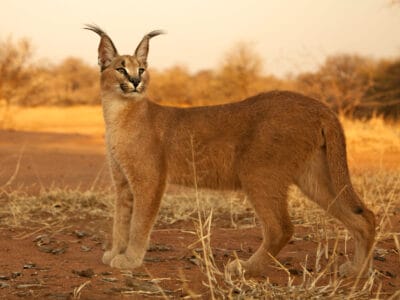
Caracal
Has 20 different muscles in it's ears!
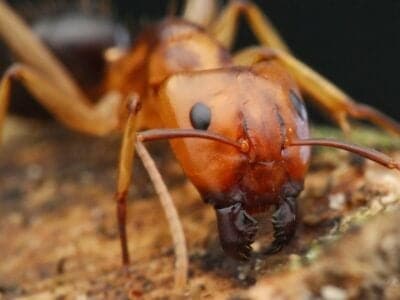
Carpenter Ant
Carpenter ants can lift up to seven times their own weight with their teeth!
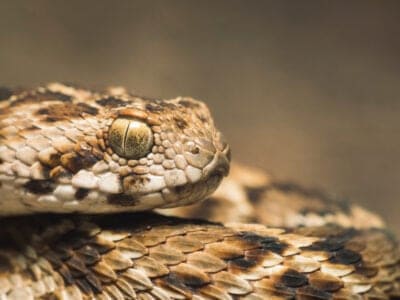
Carpet Viper
The Carpet Viper probably bites and kills more people than any other species of snake.
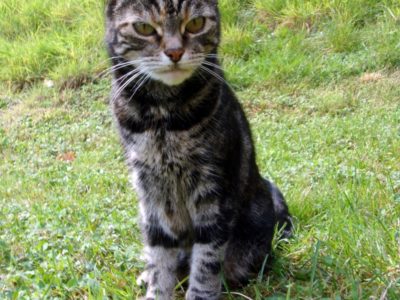
Cat
May have been domesticated up to 10,000 years ago.
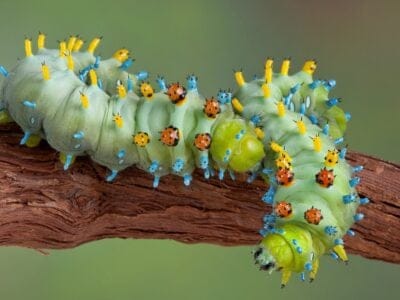
Caterpillar
The larvae of a moth or butterfly!
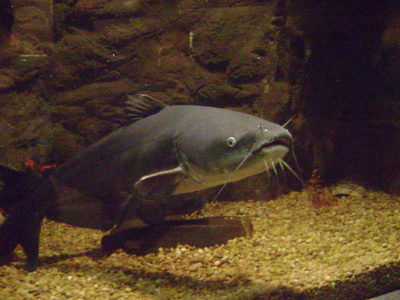
Catfish
There are nearly 3,000 different species!
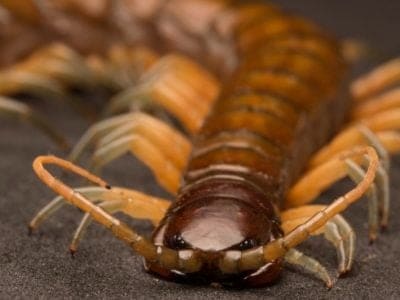
Centipede
There are about 3,000 documented species!
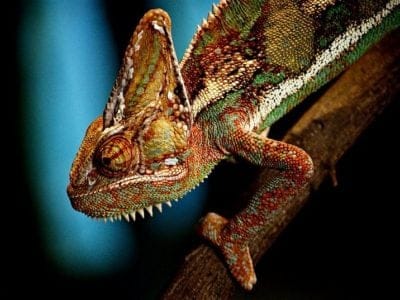
Chameleon
There are more than 160 different species!
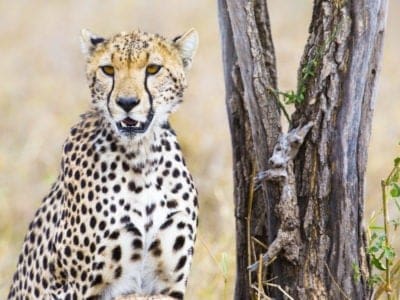
Cheetah
The fastest land mammal in the world!
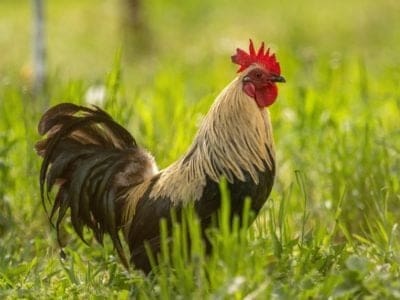
Chicken
First domesticated more than 10,000 years ago!
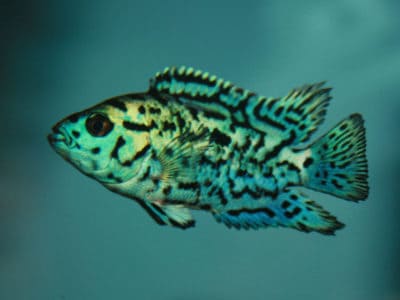
Cichlid
There are more than 2 000 known species!
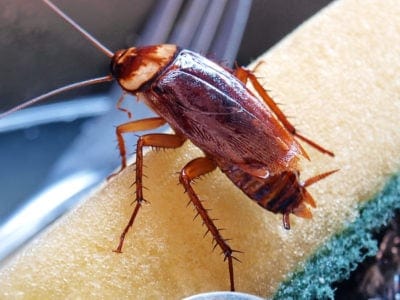
Cockroach
Dated to be around 300 million years old!
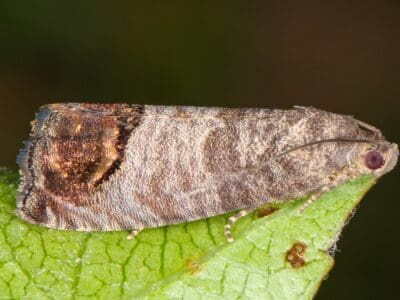
Codling Moth
Pupae are able to undergo diapause to survive poor fruit yield years and winter.
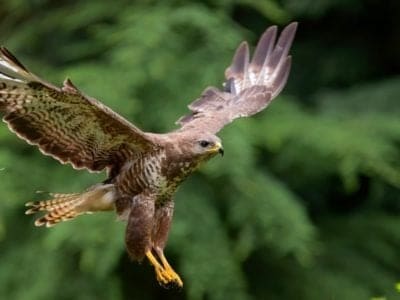
Common Buzzard
The most common raptor in the UK!
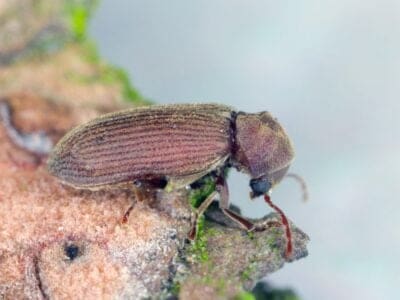
Common Furniture Beetle
The common furniture beetle feeds exclusively on wood
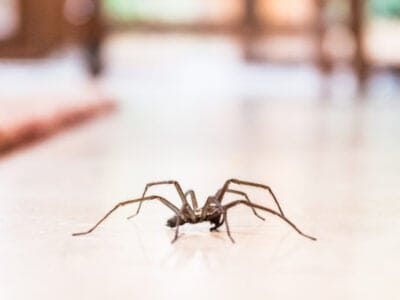
Common House Spider
House spiders have the ability to eat most insects in a home.
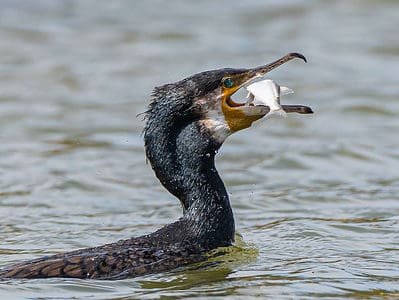
Cormorant
They can fly 35 mph and dive 150 feet below water.
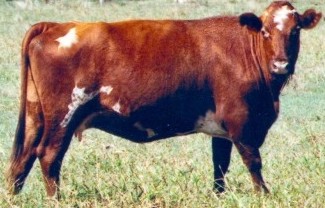
Cow
There are nearly 1.5 billion worldwide!

Crab
There are 93 different crab groups
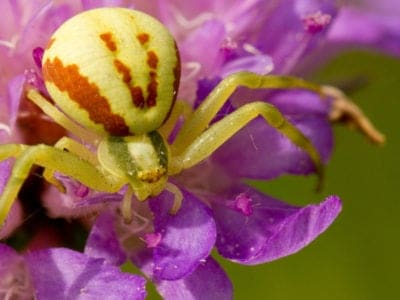
Crab Spider
Crab Spiders can mimic ants or bird droppings
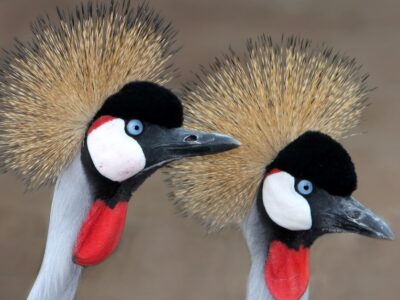
Crane
Many are critically endangered species!
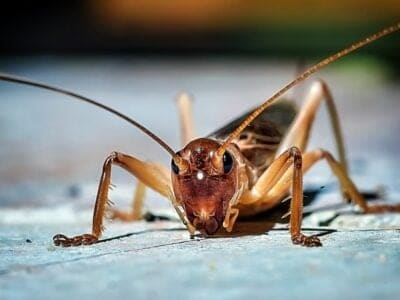
Cricket
Male crickets can produce sounds by rubbing their wings together
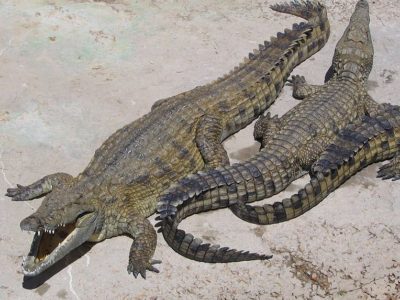
Crocodile
Have changed little in 200 million years!
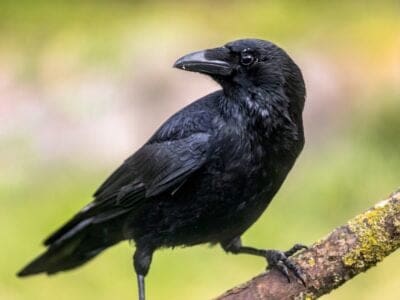
Crow
A group of these birds is called a Murder.
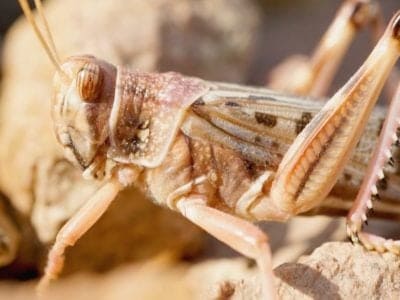
Desert Locust
Solitary locusts are grey while gregarious locusts are yellow with stripes.
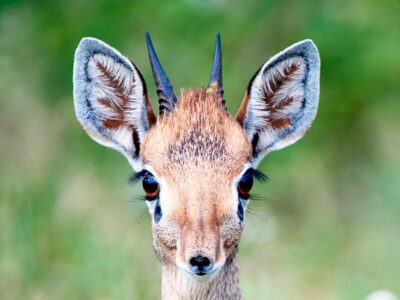
Dik-Dik
Dik-diks use a tar-like liquid from their eye glands to mark their territory!

Dog
First domesticated in South-East Asia!
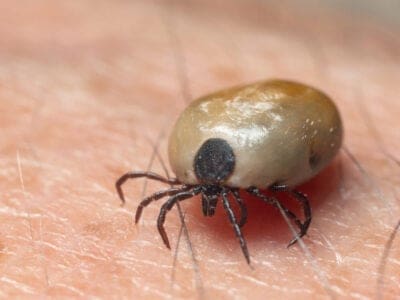
Dog Tick
Dog ticks feed on dogs and other mammals
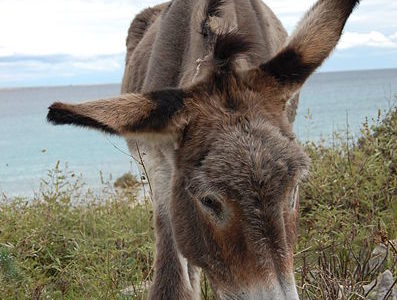
Donkey
First domesticated 5,000 years ago!
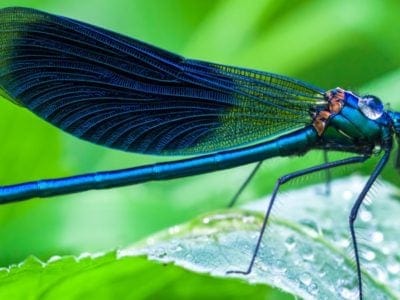
Dragonfly
It's larvae are carnivorous!
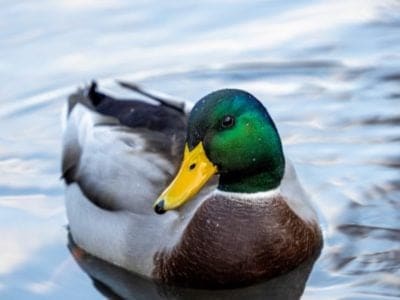
Duck
Rows of tiny plates line their teeth!
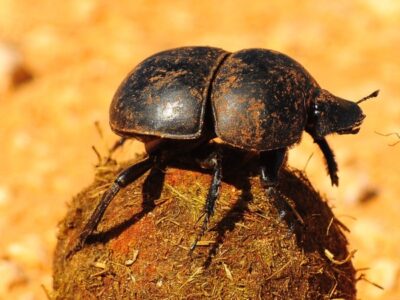
Dung Beetle
The dung beetle can push objects many times its own weight
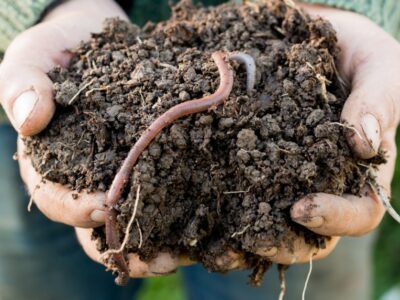
Earthworm
They are hermaphrodites, which means they have male and female organs
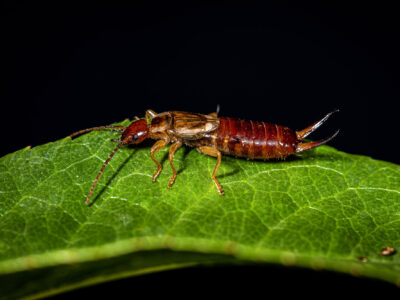
Earwig
There are nearly 2,000 different species!

Eel
Eels can be a mere few inches long to 13 feet!
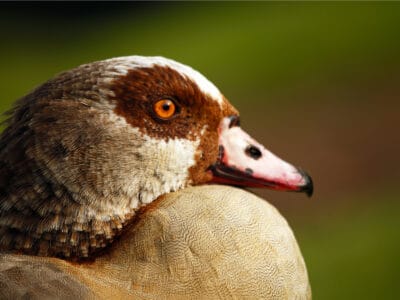
Egyptian Goose
A duck species that resembles a goose when flying
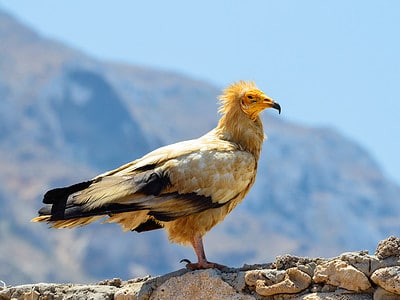
Egyptian Vulture
They steal large ostrich eggs and use rocks and pebbles to crack the shells.
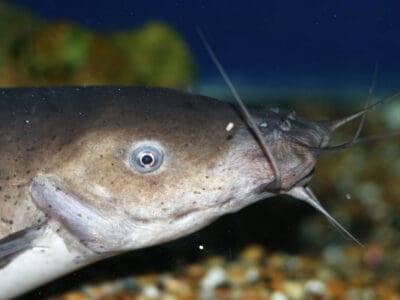
Electric Catfish
The electric catfish can discharge an electric shock up to 450 volts
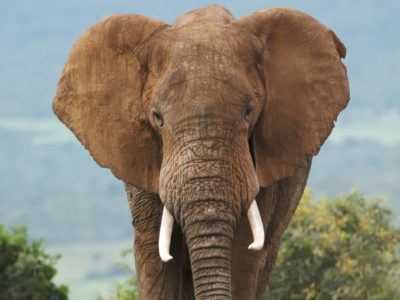
Elephant
Spends around 22 hours a day eating!
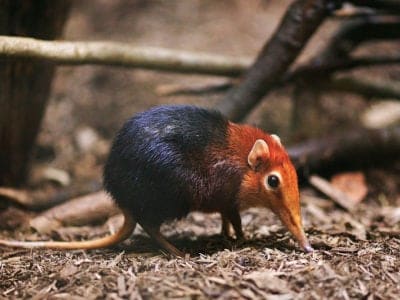
Elephant Shrew
Found exclusively on the African continent!
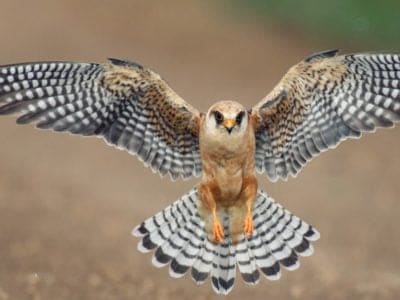
Falcon
The fastest creatures on the planet!
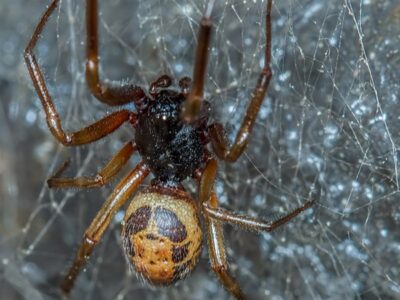
False Widow Spider
False spiders actually prey on black widow spiders and other hazardous spiders
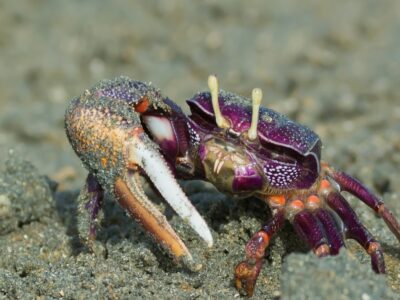
Fiddler Crab
The fiddler crab gets its name from the motion the males make with their over-sized claw during the mating ritual.
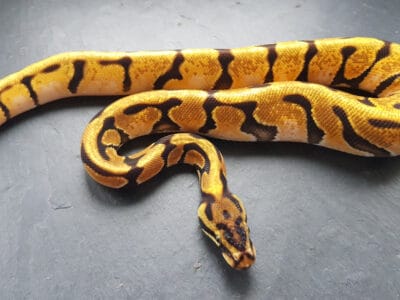
Fire Ball Python
The fire ball python morph is known for its rich golden and reddish-brown coloration.
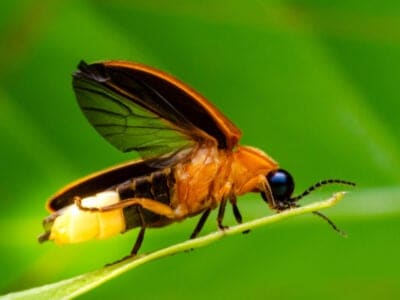
Firefly
The firefly produces some of the most efficient light in the world
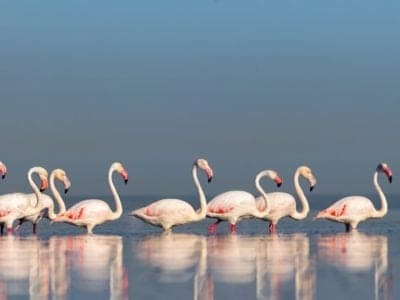
Flamingo
Sleeps on just one leg!

Flea
Adult fleas can jump up to 7 inches in the air

Fly
There are more than 240,000 different species!
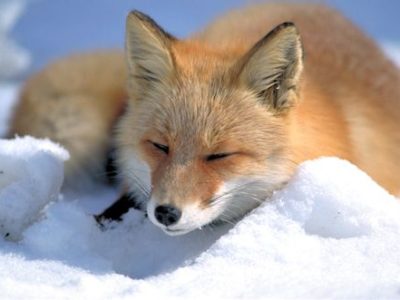
Fox
Only 12 species are considered "true foxes"
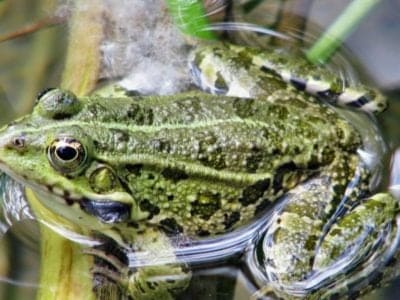
Frog
There are around 7,000 different species!
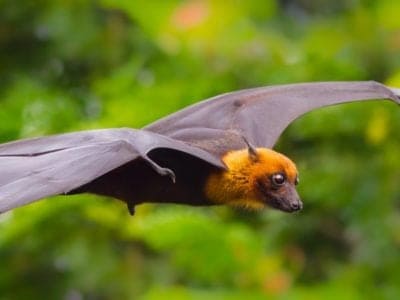
Fruit Bat
Among the largest bats in the world
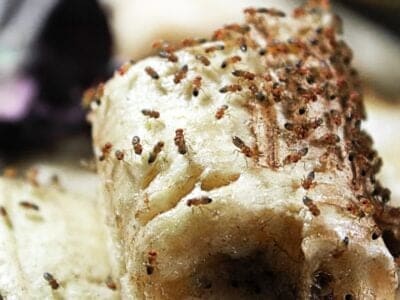
Fruit Fly
Fruit flies are among the most common research animals in the world
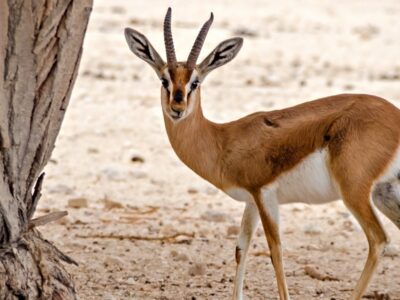
Gazelle
Named for the Arabic word for love poems
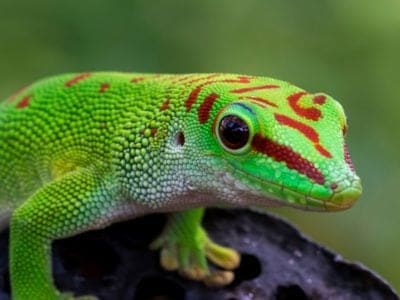
Gecko
There are thought to be over 2,000 species!
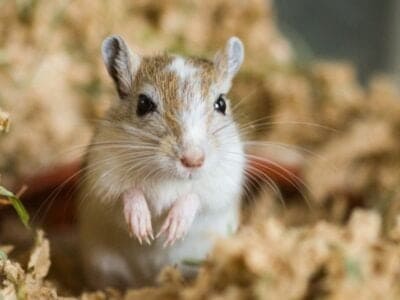
Gerbil
Originally known as the Desert Rat!
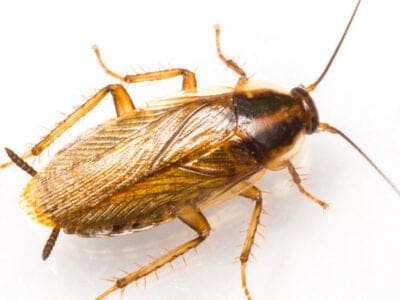
German Cockroach
The most common type of urban roach
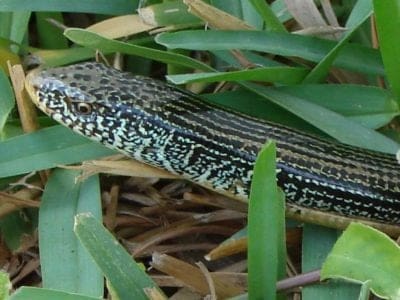
Glass Lizard
Can grow up to 4ft long!
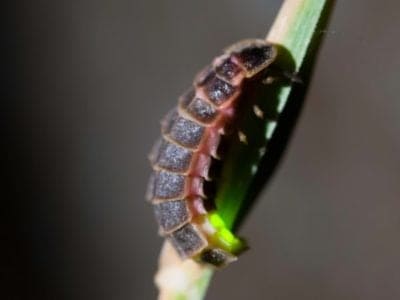
Glowworm
Found inhabiting dense woodland and caves!
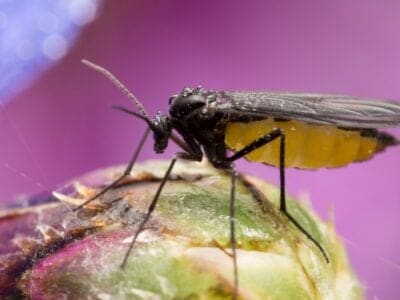
Gnat
Males form large mating swarms at dusk
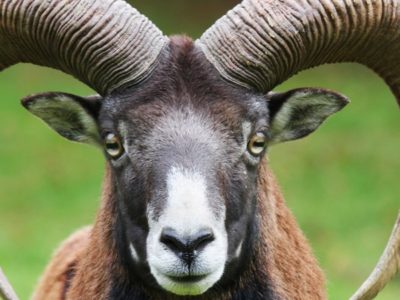
Goat
Most closely related to the Sheep!
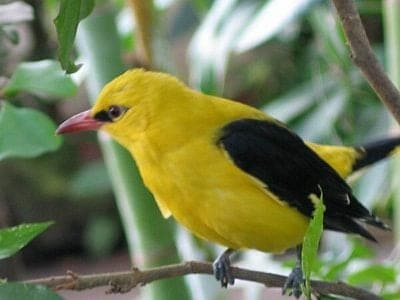
Golden Oriole
Migrates between Europe and Asia!
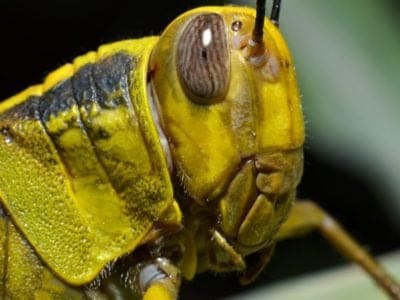
Grasshopper
There are 11,000 known species!
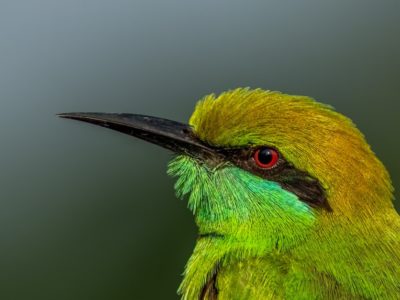
Green Bee-Eater
Mainly eats honeybees!
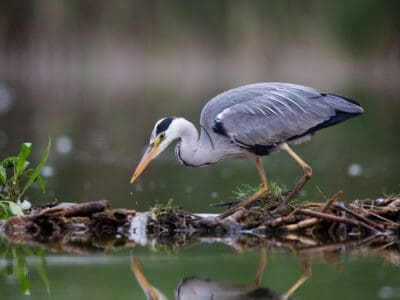
Grey Heron
Male grey herons are picky about their mates. They'll reject a female that they don't fancy.
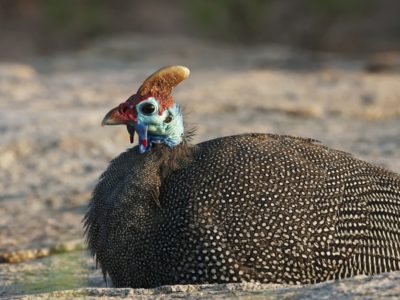
Guinea Fowl
Found in a vairety of African habitats!
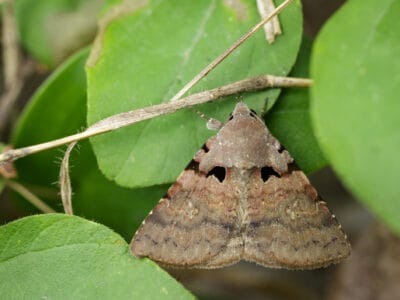
Gypsy Moth
One of the most invasive species in the world
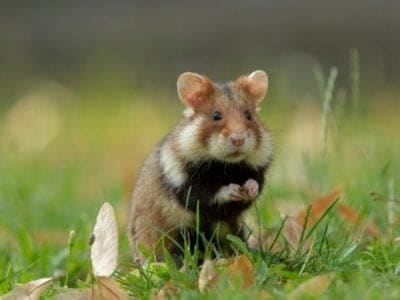
Hamster
Able to run as quickly backwards as forwards!
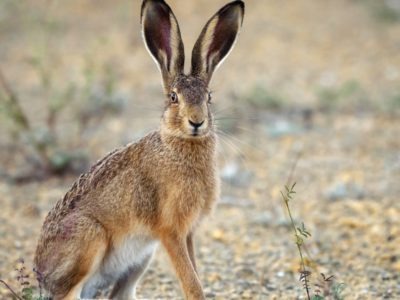
Hare
Can reach speeds of over 50 mph!
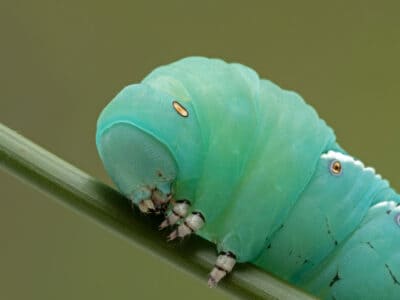
Hawk Moth Caterpillar
Many hawk moth caterpillars eat toxins from plants, but don’t sequester them the way milkweed butterflies do. Most toxins are excreted.
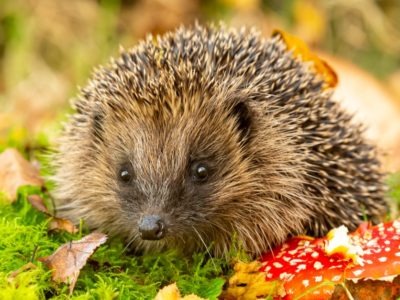
Hedgehog
Thought to be one of the oldest mammals on Earth!
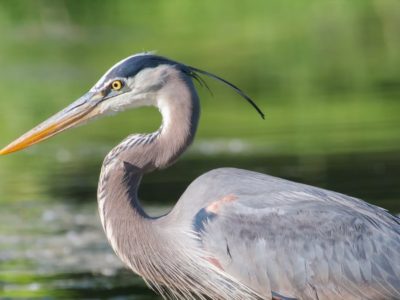
Heron
Inhabits wetlands around the world!
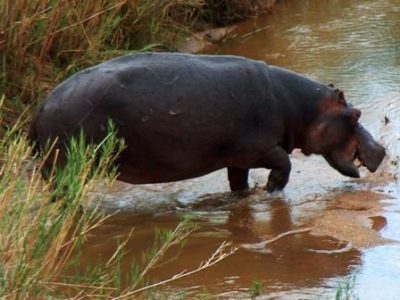
Hippopotamus
Has pink anti-bacterial sweat!
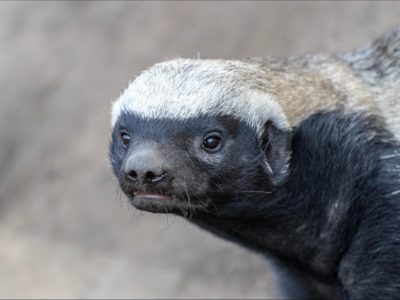
Honey Badger
One of earth's bravest creatures!
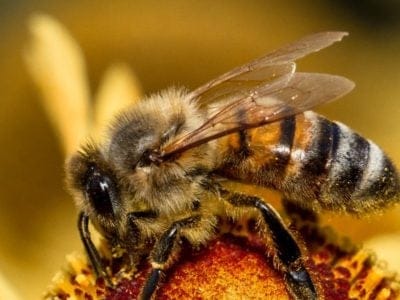
Honey Bee
There are only 8 recognized species!
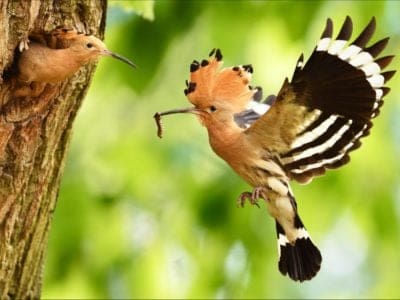
Hoopoe
Stunning bird with a stinky way to deter predators!
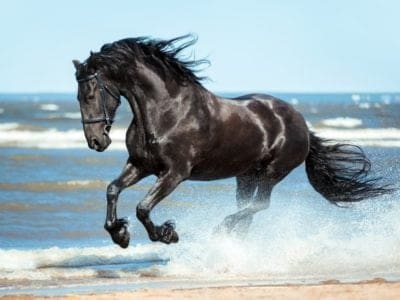
Horse
Has evolved over 50 million years!
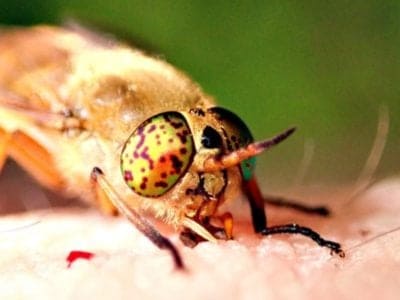
Horsefly
Horseflies have been seen performing Immelmann turns, much like fighter jets.
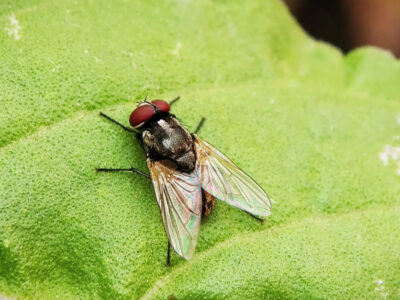
Housefly
The fly has no teeth

Human
Thought to have orignated 200,000 years ago!
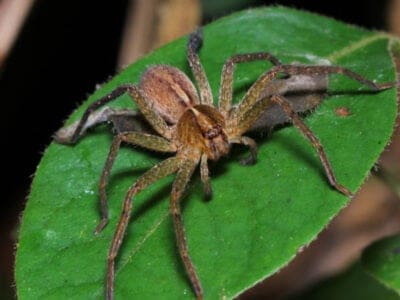
Huntsman Spider
Some huntsman spiders have an interesting way of moving around. Some cartwheel while others do handsprings or backflips.
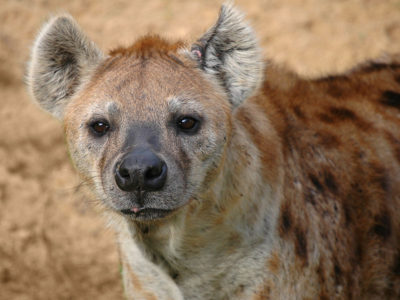
Hyena
There are four different species!
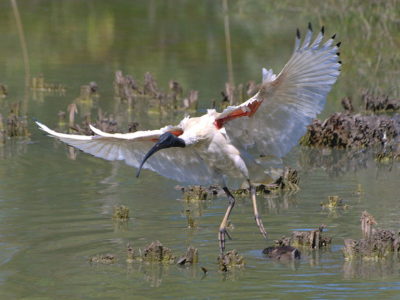
Ibis
Found in swamps, marshes and wetlands!

Insects
There are an estimated 30 million species!
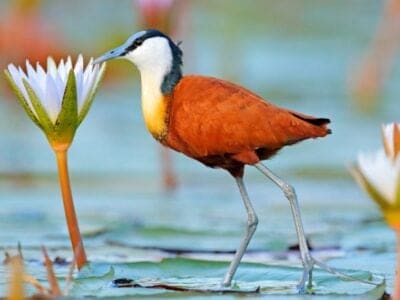
Jacana
The jacana has the ability to swim underwater
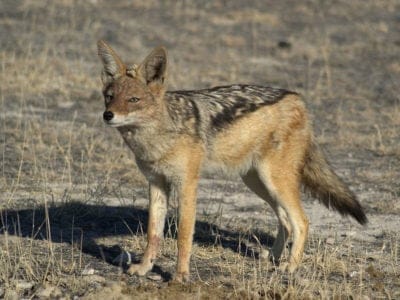
Jackal
Can maintain speeds of 16 km/h!
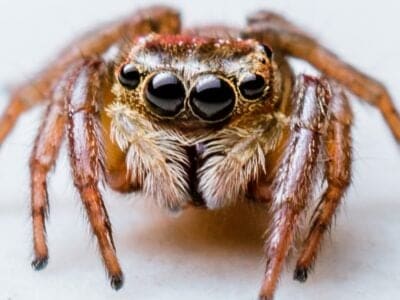
Jumping Spider
Some can jump 50 times the length of their bodies
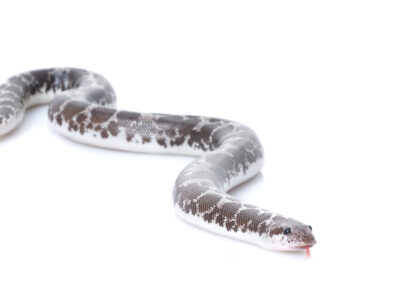
Kenyan Sand Boa
A popular pet snake that comes in dozens of morphs!
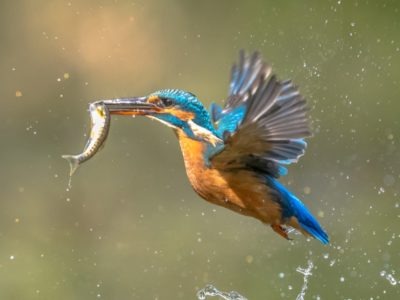
Kingfisher
Inhabits wetlands and woodlands worldwide!
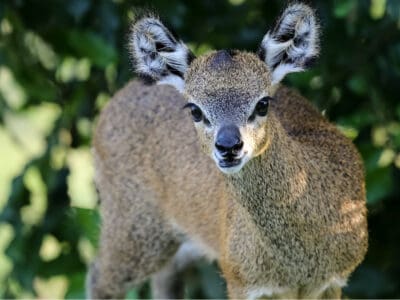
Klipspringer
Klipspringers can jump as high as 10-12ft!
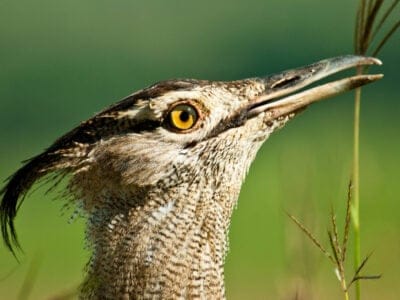
Kori Bustard
It's easily identified by its crest, large size, and wingspan
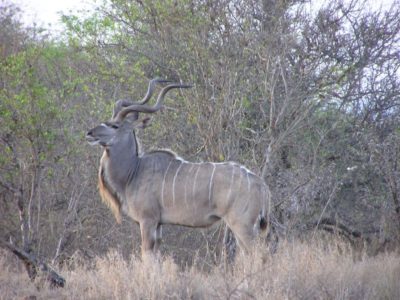
Kudu
Lives in herds of up to 24 individuals!
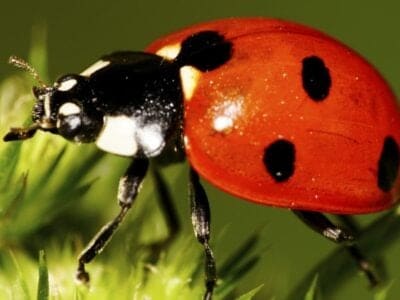
Ladybug
There are more than 5,000 species worldwide!
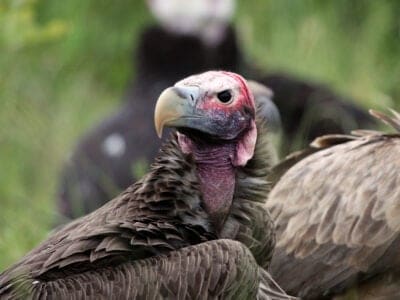
Lappet-faced Vulture
Lappet-faced vultures are tidy and wash their heads in a body of water after they’ve eaten
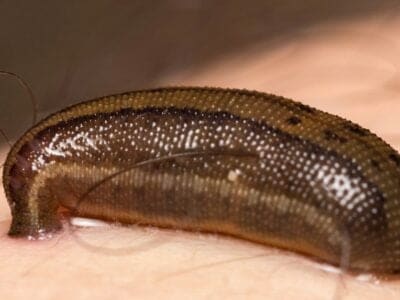
Leech
Has 10 pairs of eyes!
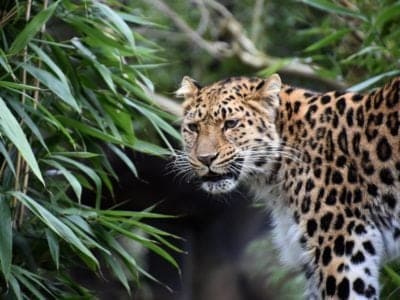
Leopard
Spends much of the time high in the trees!
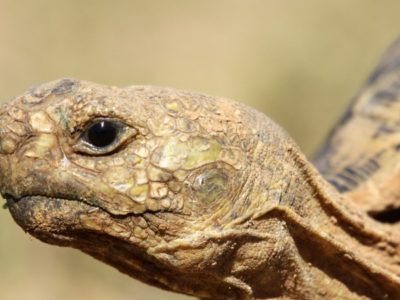
Leopard Tortoise
The most widely distributed tortoise in Africa!

Liger
The offspring of a lion and tiger parents!
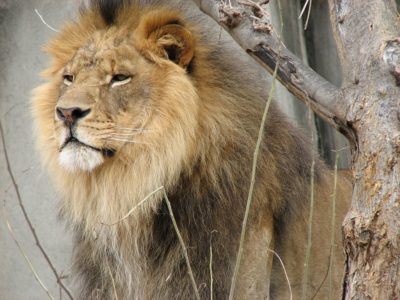
Lion
Lives in small groups called prides!
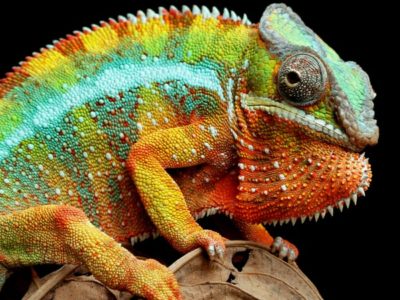
Lizard
There are around 5,000 different species!
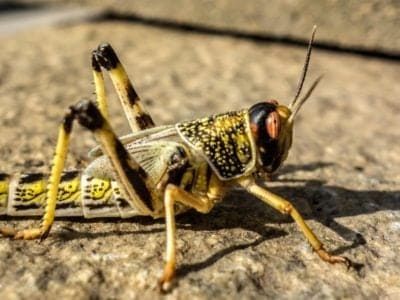
Locust
Each locust can eat its weight in plants each day.
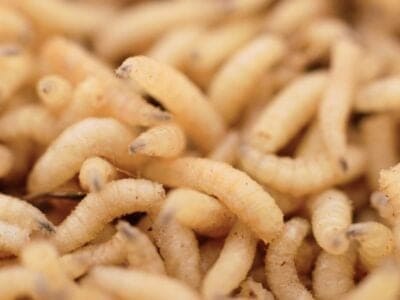
Maggot
Will only live in wet areas
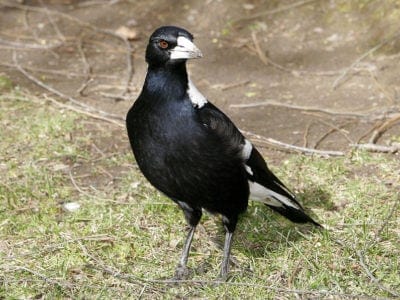
Magpie
They are found across Europe, Asia and Africa!
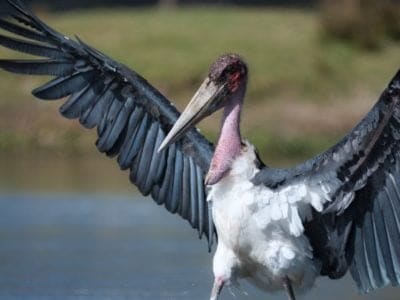
Marabou Stork
The marabou stork does not have a voice box.
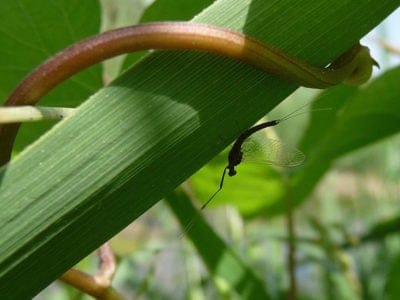
Mayfly
There are 2,500 known species worldwide!

Mealybug
They have a symbiotic relationship with ants.
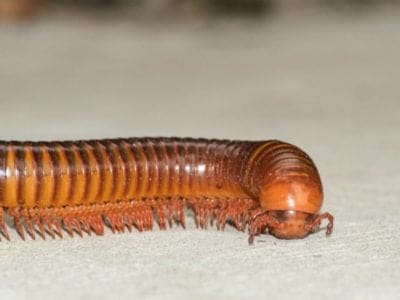
Millipede
Some species have a poisonous bite!
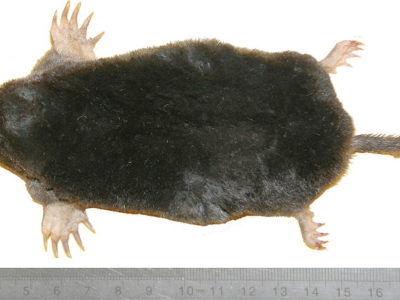
Mole
Primarily hunts and feeds on Earthworms!
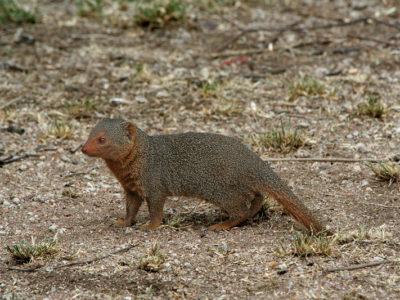
Mongoose
Range in size from just 1 to 3 foot!

Mongrel
Has characteristics of two or more breeds!
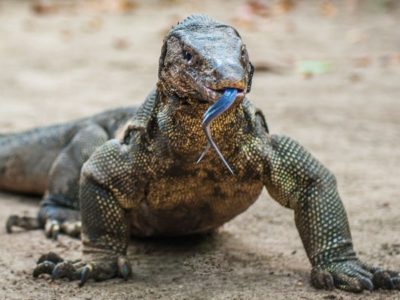
Monitor Lizard
Some species are thought to carry a weak venom!
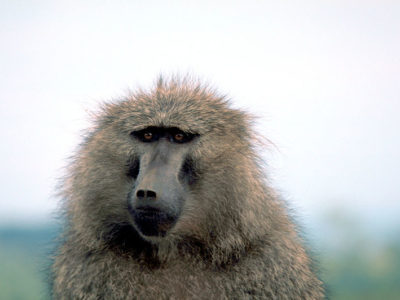
Monkey
There are around 260 known species!
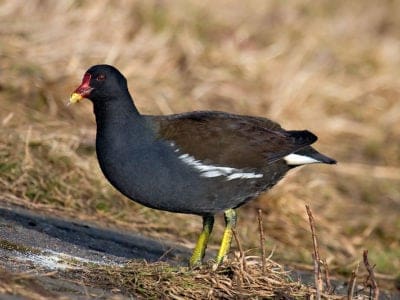
Moorhen
Feeds on aquatic insects and water-spiders!
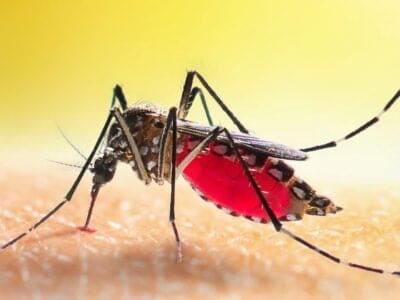
Mosquito
Only the female mosquito actually sucks blood
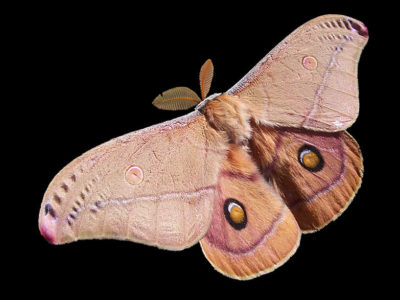
Moth
There are 250,000 different species!
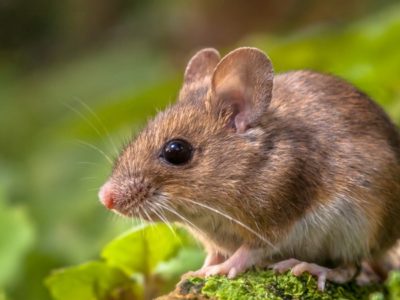
Mouse
Found on every continent on Earth!
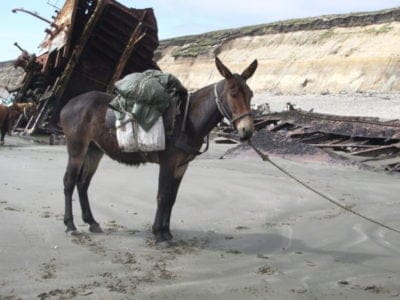
Mule
The offspring of a horse and donkey parents!
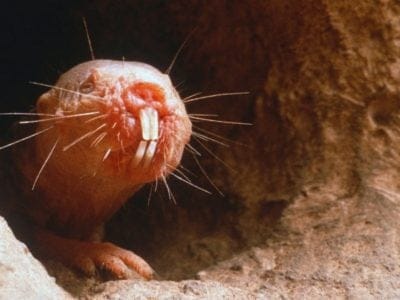
Naked Mole Rat
Naked mole rats don’t get cancer

Nematode
Nematodes range in size from 1/10 of an inch to 28 feet long
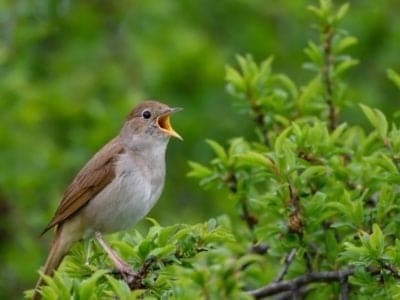
Nightingale
Named more than 1,000 years ago!
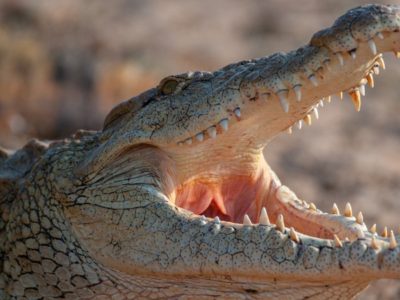
Nile Crocodile
Unlike other reptiles, the male Nile crocodile will stay with a female to guard their nest of eggs.
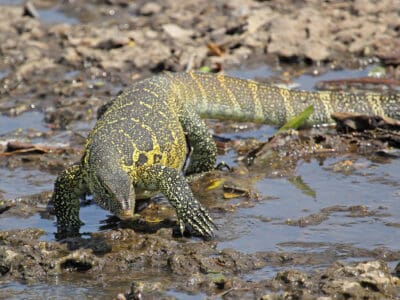
Nile Monitor
The Nile monitor is the world's fourth-largest lizard!
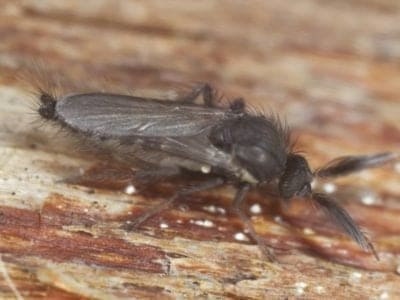
No See Ums
There are more than 5,000 species.

Orb Weaver
Females are about four times the size of males
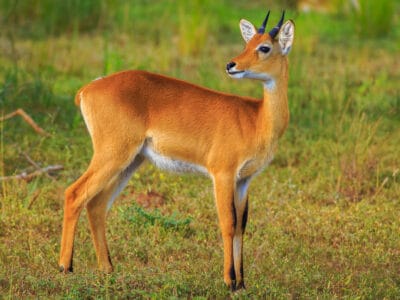
Oribi
Males oribis spend most of their time patrolling the borders of their territories; they can do this about 16 times an hour! However, 27% of their day is spent grazing.
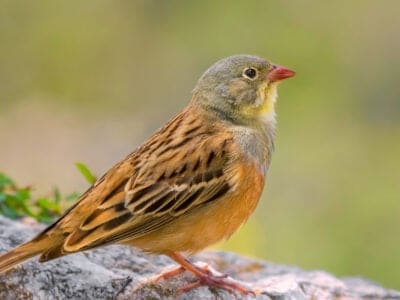
Ortolan Bunting
The tradition of hiding your face with a napkin or towel while eating this bird was begun by a priest who was a friend of the great French gastronome Jean Anthelme Brillat-Savarin.
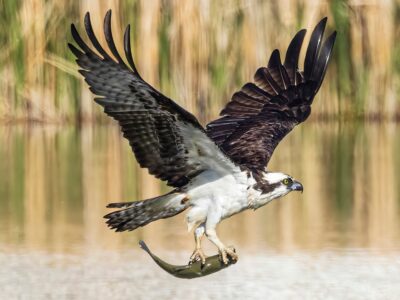
Osprey
They reuse nesting sites for 70 years!
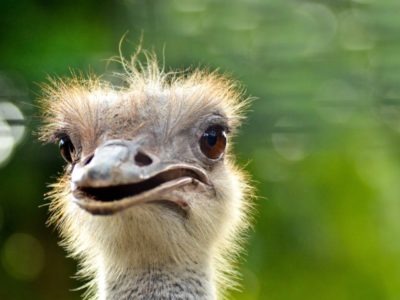
Ostrich
The largest bird in the world!

Otter
There are 13 different species worldwide

Owl
The owl can rotate its head some 270 degrees
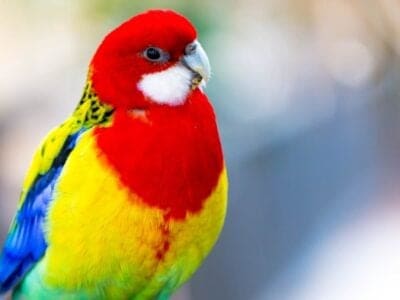
Parakeet
Monk parakeets are the only parakeets that actually build nests. They’re also the only parakeets to nest in great colonies.
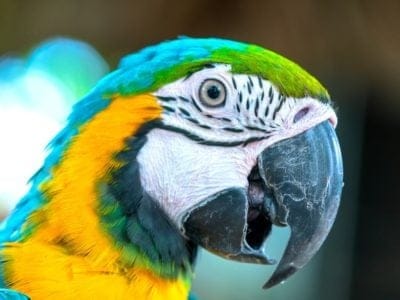
Parrot
Can live for up to 100 years!
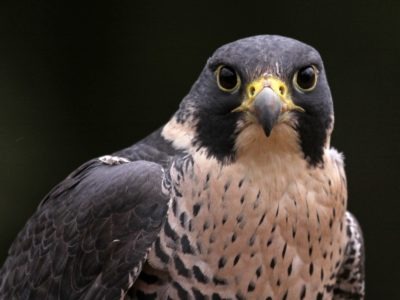
Peregrine Falcon
Fastest animal on Earth
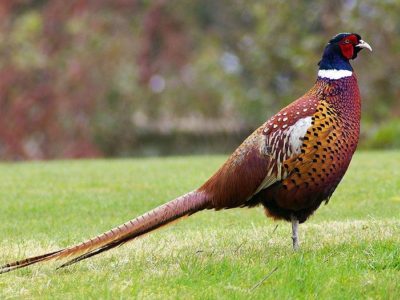
Pheasant
Females lay between 8 and 12 eggs per clutch!
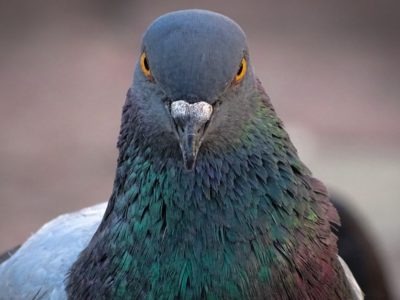
Pigeon
They can find their way back to their nests from up to 1300 miles away.
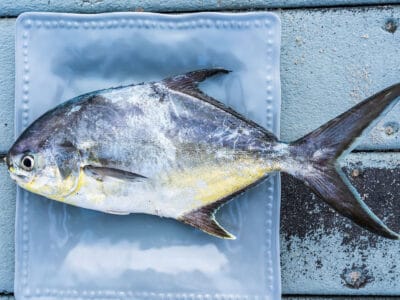
Pompano Fish
They are bottom-feeders
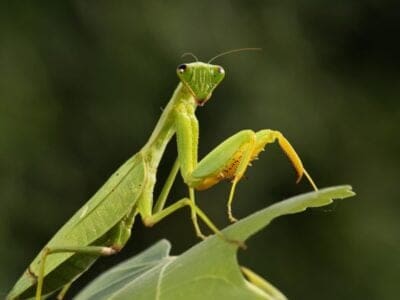
Praying Mantis
The mantis can turn its head 180 degrees.
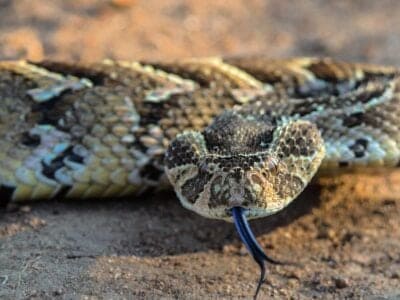
Puff Adder
This large snake is so-named because it will puff up its body to appear bigger than it is when directly threatened by a predator or person.
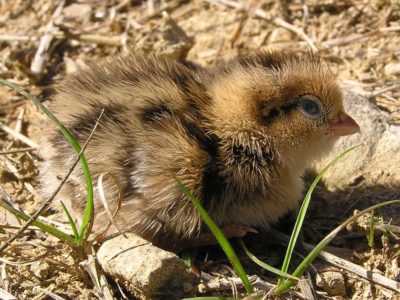
Quail
Inhabits woodland and forest areas worldwide!
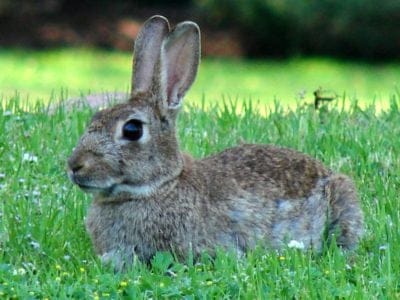
Rabbit
There are more than 300 different species!
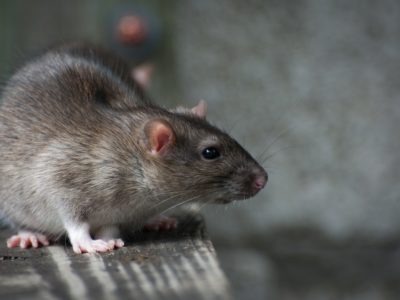
Rat
Omnivores that eat anything!
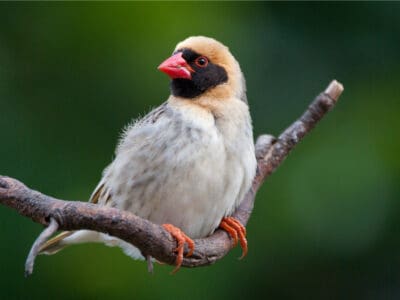
Red-Billed Quelea Bird
Is the most populous bird in the world
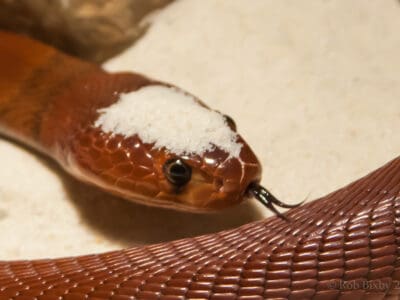
Red Spitting Cobra
Scientists believe that the red spitting cobra evolved from injecting venom to spitting it in response to the constant threat of early humans
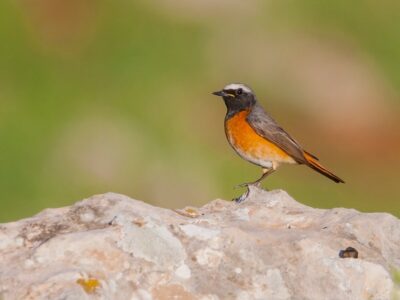
Redstart
They build their nests off the ground in tree holes, cavities, stone walls, and roofs
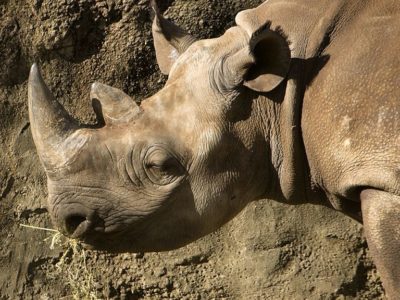
Rhinoceros
It's horns are made from keratin!
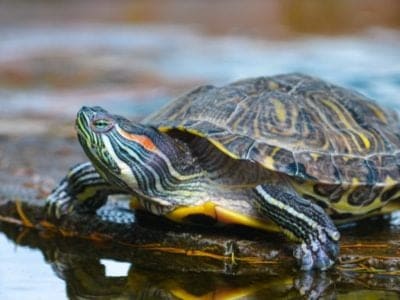
River Turtle
Inhabits freshwater habitats around the world!
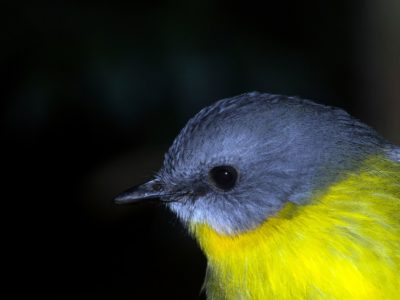
Robin
There are more than 45 species in Australia alone!
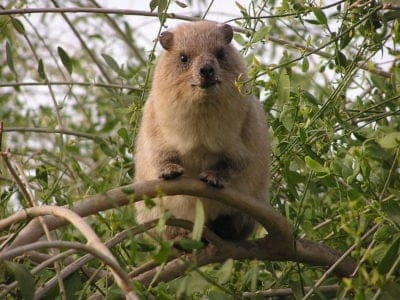
Rock Hyrax
Actually related to Elephants and Manatees!
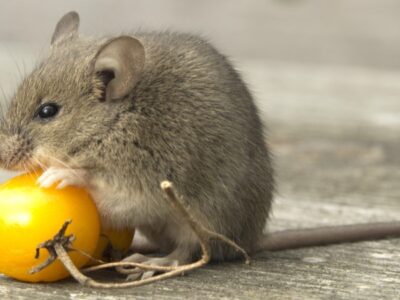
Rodents
The capybara, the world’s largest rodent, likes to be in and around bodies of water. Because of this, the Catholic Church in South America decided that it was a fish, and people were allowed to eat it during Lent and First Fridays.

Rooster
Will mate with the entire flock!
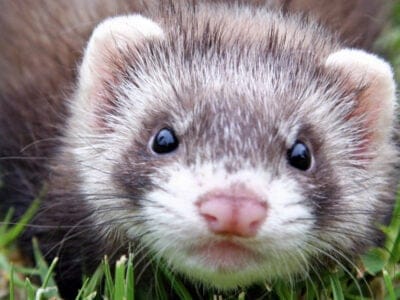
Sable Ferret
Ferrets were used during the Revolutionary War to keep down the rat population.
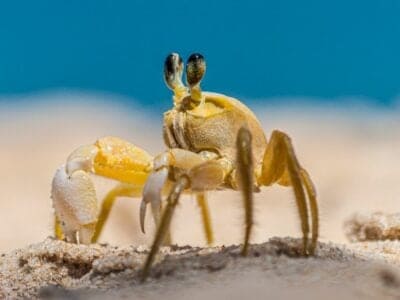
Sand Crab
The sand crab burrows beneath the sand with its tail
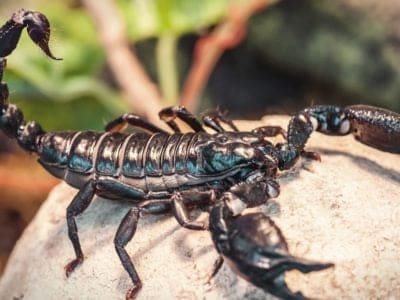
Scorpion
There are around 2,000 known species!
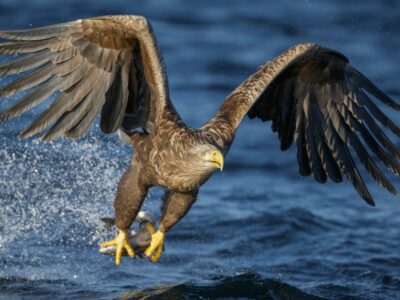
Sea Eagle
The sea eagle tends to mate for life with a single partner
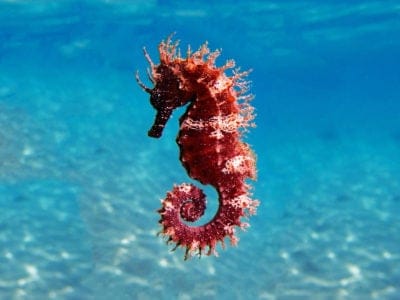
Seahorse
Males give birth to up to 1,000 offspring!
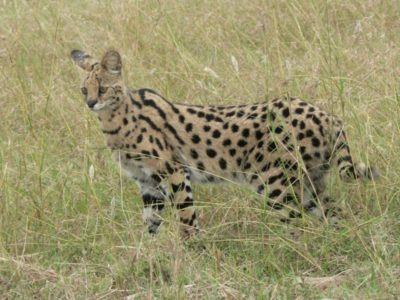
Serval
Can leap more than 1 meter into the air!
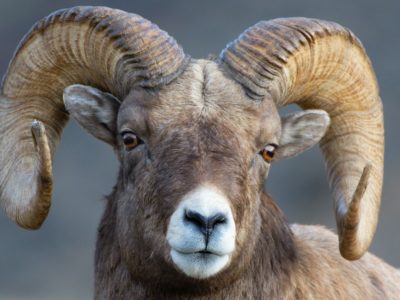
Sheep
Around 35 million in the English countryside!
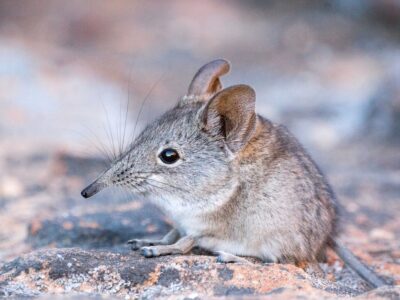
Shrew
The spinal column of the shrew Scutisorex somereni is so strong and reinforced that it can support the weight of an adult human.

Shrimp
There are 2,000 different species worldwide!
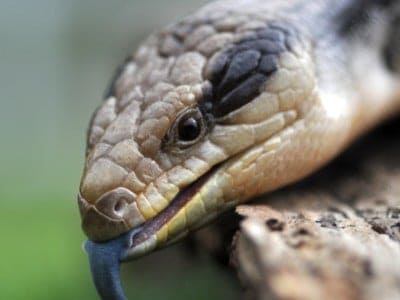
Skink Lizard
Some skinks lay eggs in some habitats while giving birth to skinklets in other habitats.
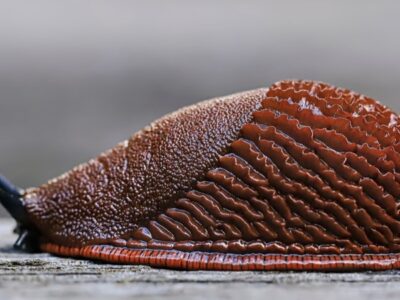
Slug
They glide around on one foot, which is aided by the slime they produce

Smokybrown Cockroach
Has up to 45 eggs per egg case

Snail
There are nearly 1,000 different species!
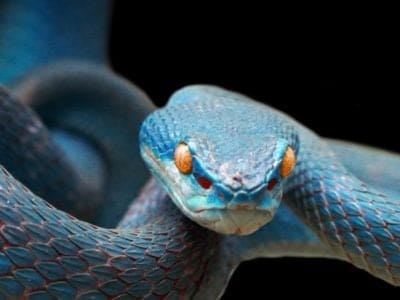
Snake
There are around 4,000 known species worldwide
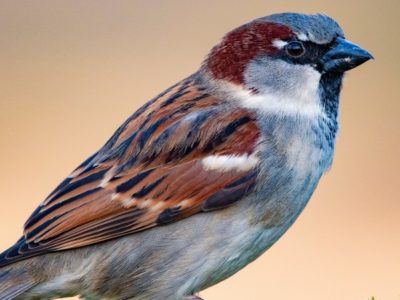
Sparrow
There are 140 different species!
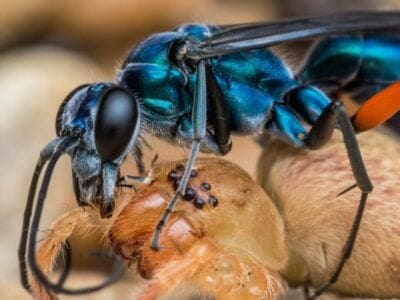
Spider Wasp
They prey on spiders to feed their larvae or they parasitize other spider wasps.
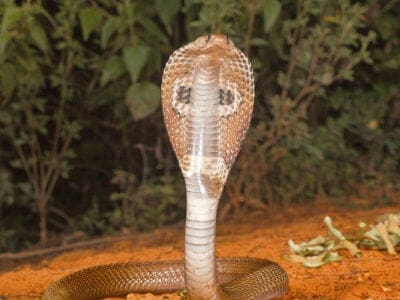
Spitting Cobra
Spitting cobras are types of cobras that can spit venom at predators and prey.
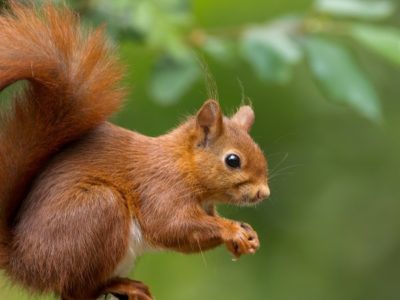
Squirrel
Small rodents found in woodlands worldwide!
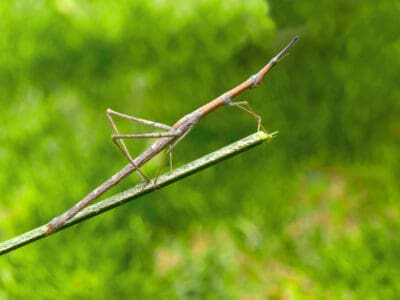
Stick Insect
There are more than 3,000 different species!
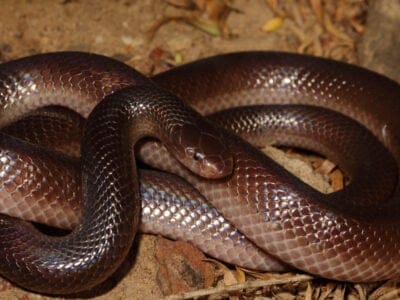
Stiletto Snake
Because of their unique venom delivery system, stiletto snakes are almost impossible to hold safely in the usual way (with fingers behind the head) without being bitten.
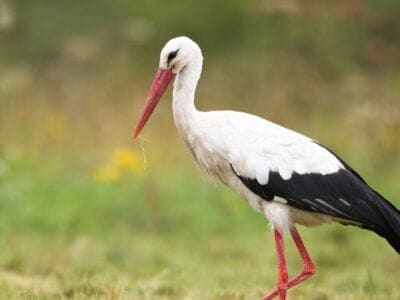
Stork
They can’t sing like other birds.
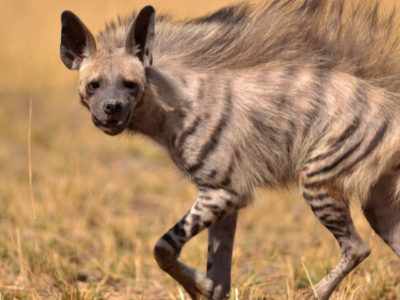
Striped Hyena
The striped hyenas usually mark their territories with the help of the scent gland secretions from their anal pouch.
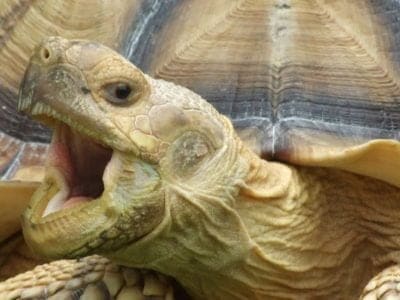
Sulcata Tortoise
Some cultures in Africa believe the sulcata tortoise is an intermediary between the people and their ancestors and gods.
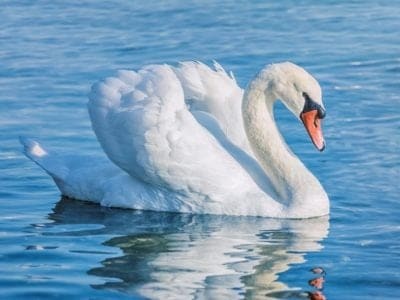
Swan
Populations have been affected by pollution!
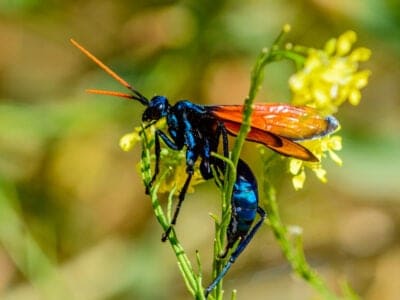
Tarantula Hawk
Tarantula hawks are excellent pollinators, especially for milkweed.
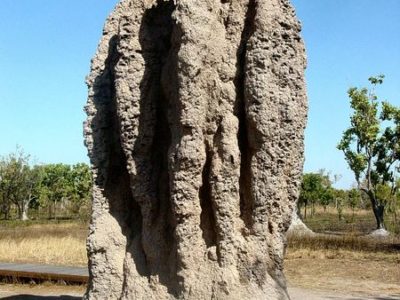
Termite
Their mounds can be up to 9 meters tall!
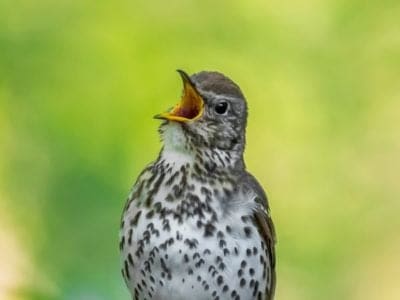
Thrush
The American robin is called the robin because its red breast reminded European settlers of the robin back in the old country.
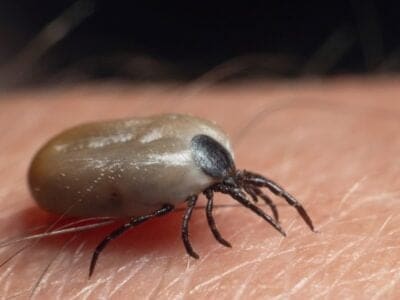
Tick
They inject hosts with a chemical that stops them from feeling the pain of the bite
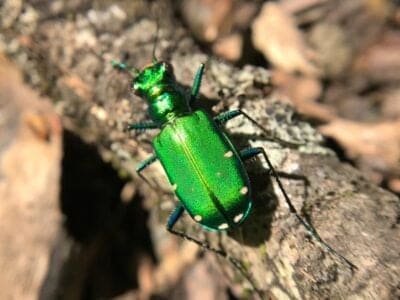
Tiger Beetle
The adult tiger beetle is one of the fastest land insects in the world
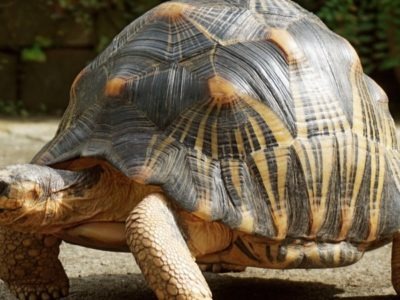
Tortoise
Can live until they are more than 150 years old!
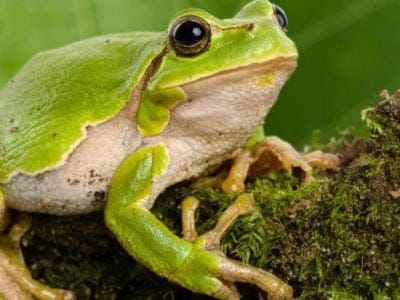
Tree Frog
Found in warmer jungles and forests!
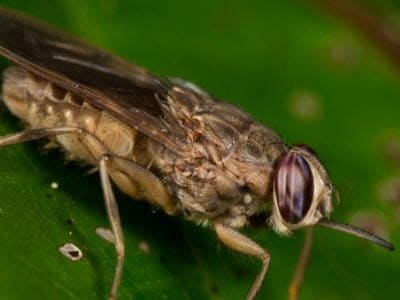
Tsetse Fly
Tsetse flies are large biting flies that live in the tropical regions of Africa.
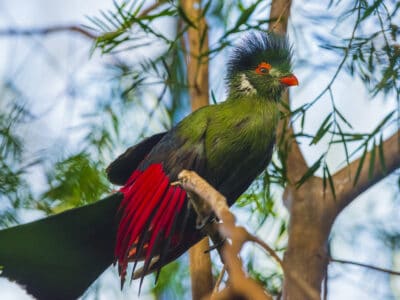
Turaco
Their name means “banana-eater,” but they rarely ever eat bananas.
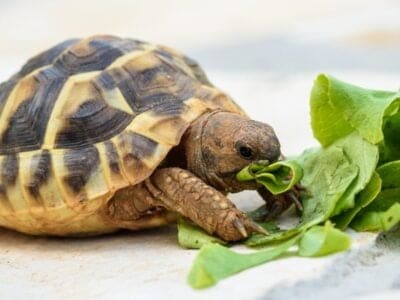
Turtles
Some species of aquatic turtles can get up to 70 percent of their oxygen through their butt.
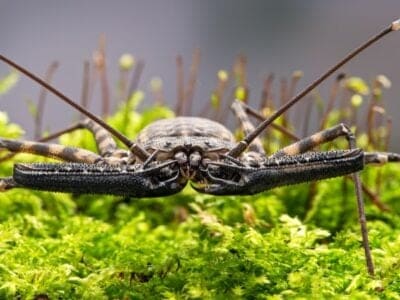
Vinegaroon
Vinegaroons can spray 19 times before the glands are depleted
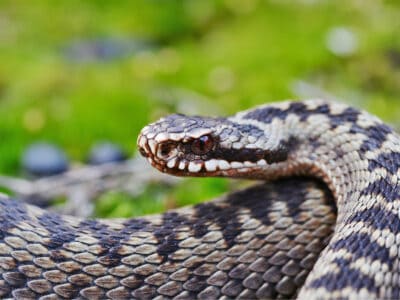
Viper
Vipers are one of the most widespread groups of snakes and inhabit most
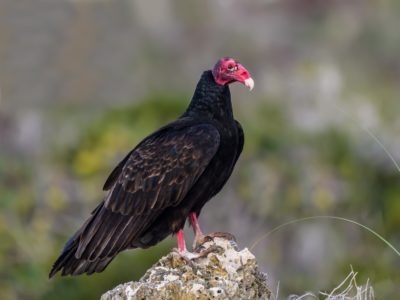
Vulture
There are 30 different species worldwide!
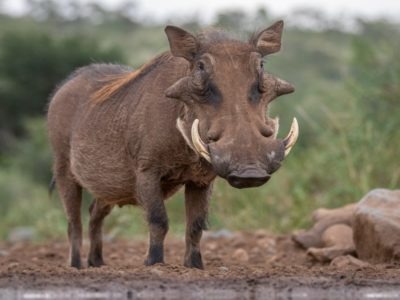
Warthog
Has two sets of tusks on it's face!
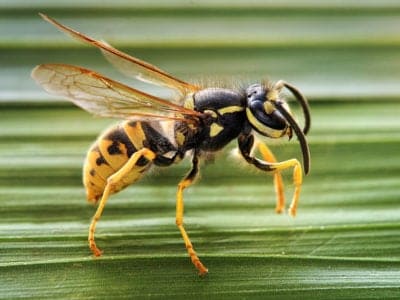
Wasp
There are around 75,000 recognised species!
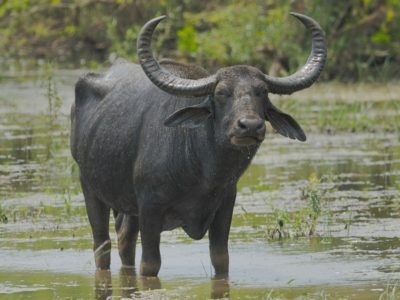
Water Buffalo
Has been domesticated for thousands of years!
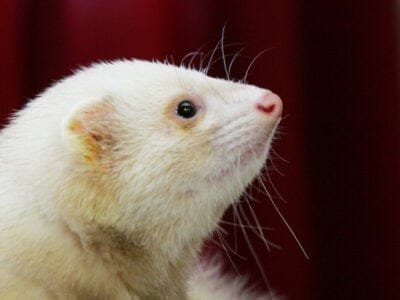
White Ferret / Albino Ferrets
There are two different types of white ferrets!
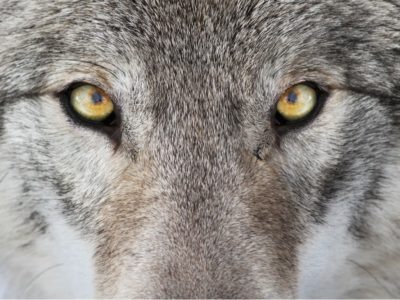
Wolf
Thought to date back more than 300,000 years!
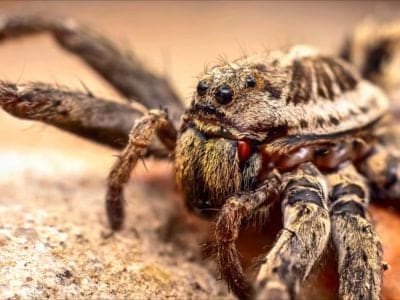
Wolf Spider
Carnivorous arachnid that hunts its prey.
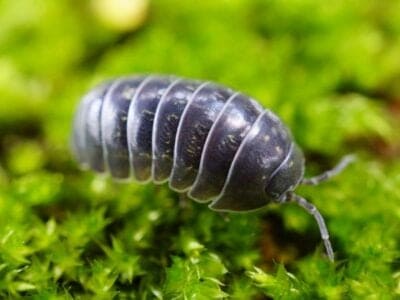
Woodlouse
This animal can roll up into a ball
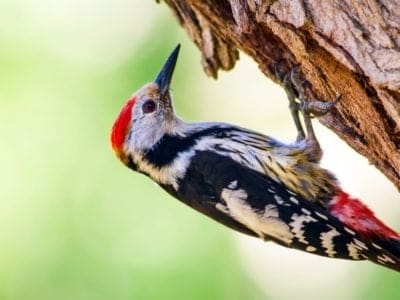
Woodpecker
There are 200 different species!
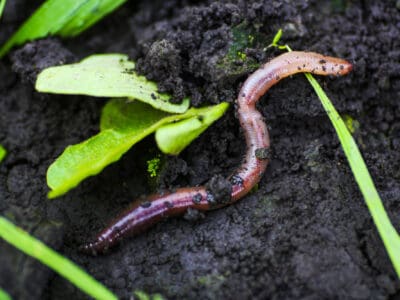
Worm
Doesn’t have eyes.
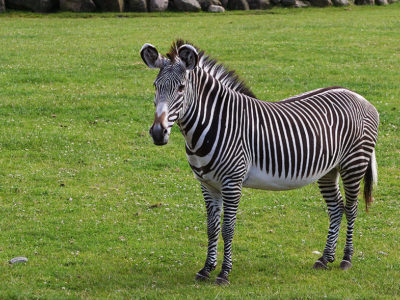
Zebra
Stripe patterns are unique to each individual!
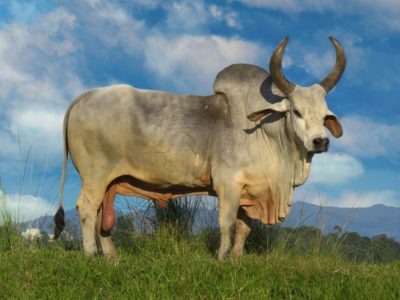
Zebu
There are around 75 different species!
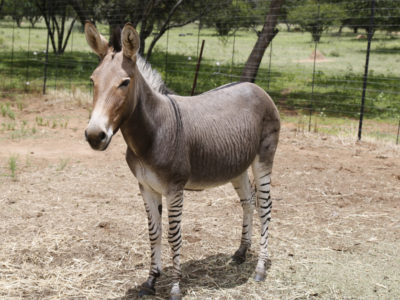
Zonkey
The offspring of Zebra and Donkey parents!
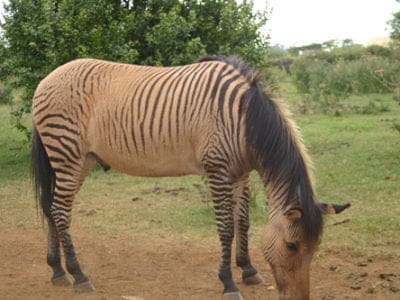
Zorse
The offspring of a Zebra and Horse parents!
Somali Animals List
- Aardvark
- Aardwolf
- African Bullfrog
- African Civet
- African Clawed Frog
- African Fish Eagle
- African Jacana
- African Wild Dog
- Agama Lizard
- American Cockroach
- Ant
- Antelope
- Armyworm
- Baboon
- Banana Spider
- Barb
- Barn Owl
- Barn Swallow
- Bat
- Bat-Eared Fox
- Bed Bugs
- Bee
- Beetle
- Bichir
- Bird
- Biscuit Beetle
- Black Mamba
- Black Widow Spider
- Blind Snake
- Brahminy Blindsnake
- Brazilian Treehopper
- Brown-banded Cockroach
- Brown Dog Tick
- Buffalo
- Bumblebee
- Bush Baby
- Butterfly
- Caecilian
- Caracal
- Carpenter Ant
- Carpet Viper
- Cat
- Caterpillar
- Catfish
- Centipede
- Chameleon
- Cheetah
- Chicken
- Cichlid
- Cockroach
- Codling Moth
- Common Buzzard
- Common Furniture Beetle
- Common House Spider
- Cormorant
- Cow
- Crab
- Crab Spider
- Crane
- Cricket
- Crocodile
- Crow
- Cuckoo
- Desert Locust
- Dik-Dik
- Dog
- Dog Tick
- Donkey
- Dormouse
- Dragonfly
- Duck
- Dung Beetle
- Earthworm
- Earwig
- Eel
- Egyptian Goose
- Egyptian Vulture
- Electric Catfish
- Elephant
- Elephant Shrew
- Falcon
- False Widow Spider
- Fiddler Crab
- Fire Ball Python
- Firefly
- Flamingo
- Flea
- Fly
- Fox
- Frog
- Fruit Bat
- Fruit Fly
- Gazelle
- Gecko
- Gerbil
- German Cockroach
- Glass Lizard
- Glowworm
- Gnat
- Goat
- Golden Oriole
- Grasshopper
- Green Bee-Eater
- Grey Heron
- Guinea Fowl
- Gypsy Moth
- Hamster
- Hare
- Hawk Moth Caterpillar
- Hedgehog
- Heron
- Hippopotamus
- Honey Badger
- Honey Bee
- Hoopoe
- Horse
- Horsefly
- Housefly
- Human
- Huntsman Spider
- Hyena
- Ibis
- Insects
- Jacana
- Jackal
- Jumping Spider
- Kenyan Sand Boa
- Kingfisher
- Klipspringer
- Kori Bustard
- Kudu
- Ladybug
- Lappet-faced Vulture
- Leech
- Leopard
- Leopard Tortoise
- Liger
- Lion
- Lizard
- Locust
- Maggot
- Magpie
- Marabou Stork
- Mayfly
- Mealybug
- Millipede
- Mole
- Mongoose
- Mongrel
- Monitor Lizard
- Monkey
- Moorhen
- Mosquito
- Moth
- Mouse
- Mule
- Naked Mole Rat
- Nematode
- Nightingale
- Nile Crocodile
- Nile Monitor
- No See Ums
- Orb Weaver
- Oribi
- Ortolan Bunting
- Osprey
- Ostrich
- Otter
- Owl
- Parakeet
- Parrot
- Peregrine Falcon
- Pheasant
- Pigeon
- Pompano Fish
- Praying Mantis
- Puff Adder
- Quail
- Rabbit
- Rat
- Red-Billed Quelea Bird
- Red Spitting Cobra
- Redstart
- Rhinoceros
- River Turtle
- Robin
- Rock Hyrax
- Rodents
- Rooster
- Sable Ferret
- Sand Crab
- Scorpion
- Sea Eagle
- Seahorse
- Serval
- Sheep
- Shrew
- Shrimp
- Skink Lizard
- Slug
- Smokybrown Cockroach
- Snail
- Snake
- Sparrow
- Spider Wasp
- Spitting Cobra
- Squirrel
- Stick Insect
- Stiletto Snake
- Stork
- Striped Hyena
- Sulcata Tortoise
- Swallowtail Butterfly
- Swan
- Tarantula Hawk
- Termite
- Thrush
- Tick
- Tiger Beetle
- Tortoise
- Tree Frog
- Tsetse Fly
- Turaco
- Turtles
- Vinegaroon
- Viper
- Vulture
- Warthog
- Wasp
- Water Buffalo
- White Ferret / Albino Ferrets
- Wolf
- Wolf Spider
- Woodlouse
- Woodpecker
- Worm
- Zebra
- Zebu
- Zonkey
- Zorse
Animals in Somalia FAQs (Frequently Asked Questions)
What animals are native to Somalia?
Animals that are native to Somalia include lions, giraffes, cheetahs, baboons, and several different species of gazelles. Though many of the mammals and birds that live in Somalia can also be found elsewhere in sub-Saharan Africa, a few species are endemic to Somalia. This list includes the Somali hedgehog, two species of antelopes called dik-diks, and several species of gerbil.
Are there hyenas in Somalia?
Hyenas can be found in the southern regions of Somalia.
Are there hippos in Somalia?
Hippos can still be found in Somalia though their numbers have declined rapidly due to habitat loss and ivory poaching.
Do cheetahs live in Somalia?
The Northeast African cheetah could be found in Somalia as recently as 2007, but it’s not known how many of these animals survive there today.



